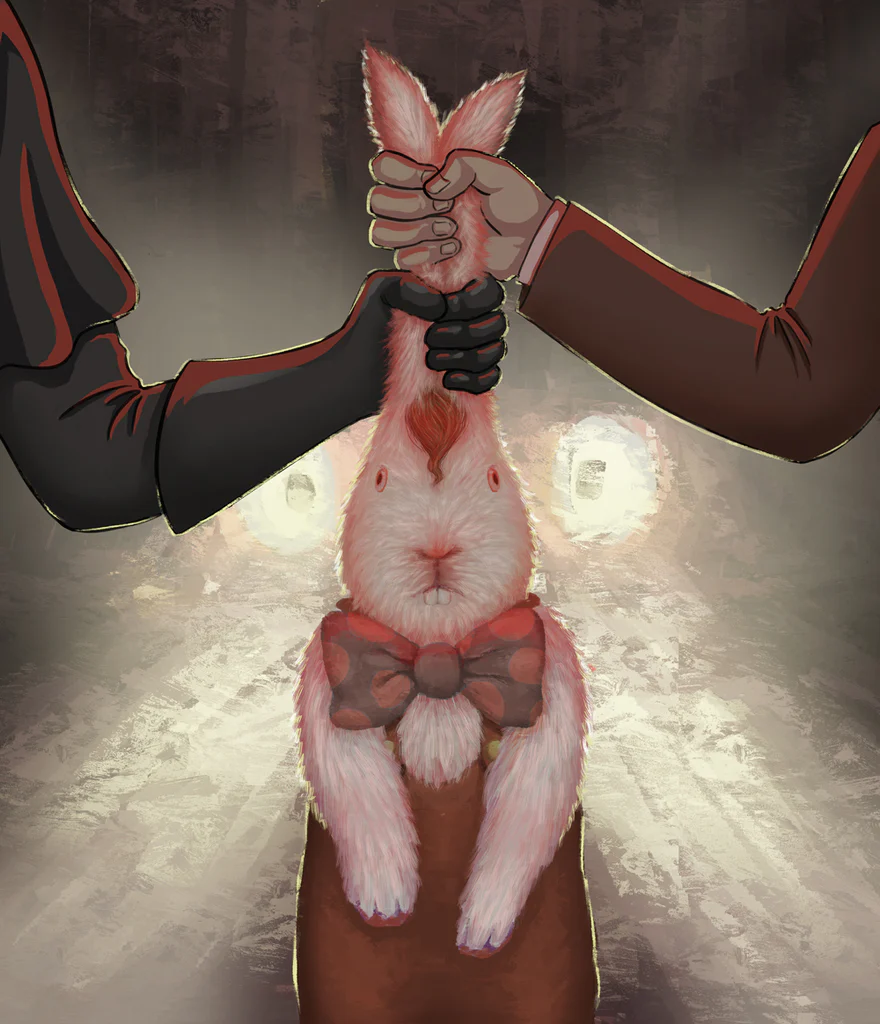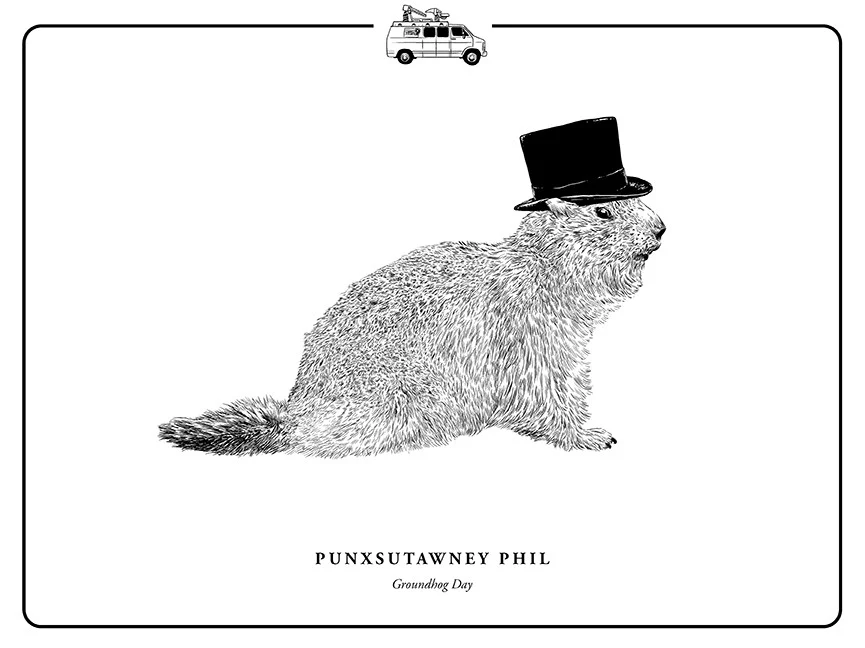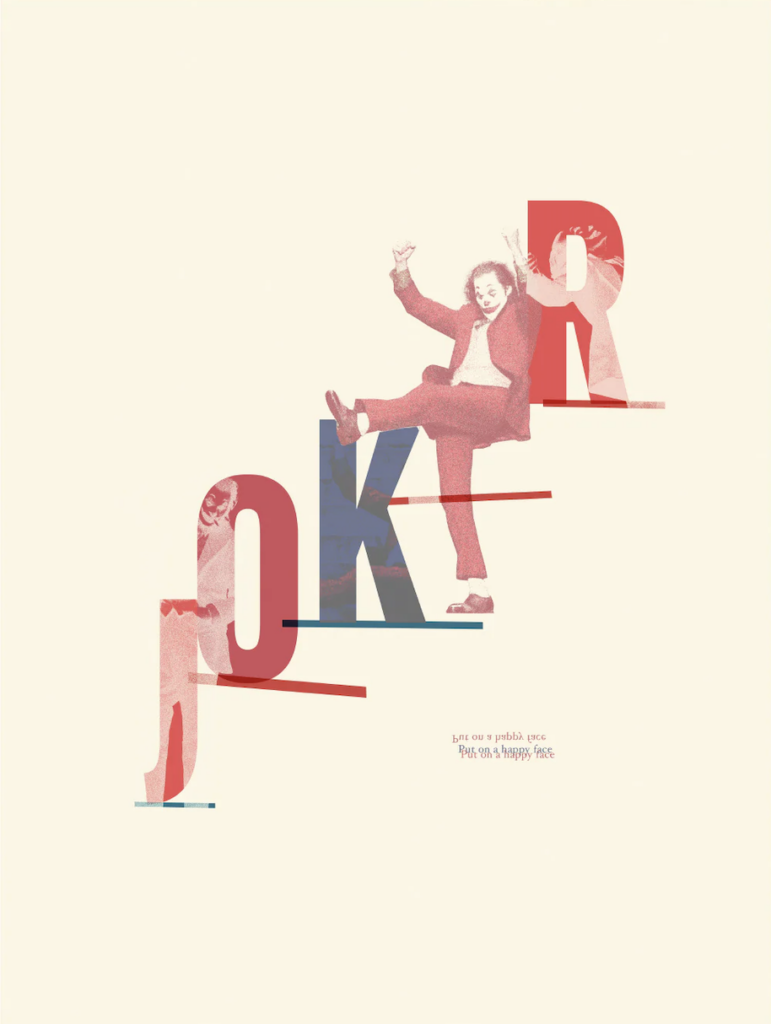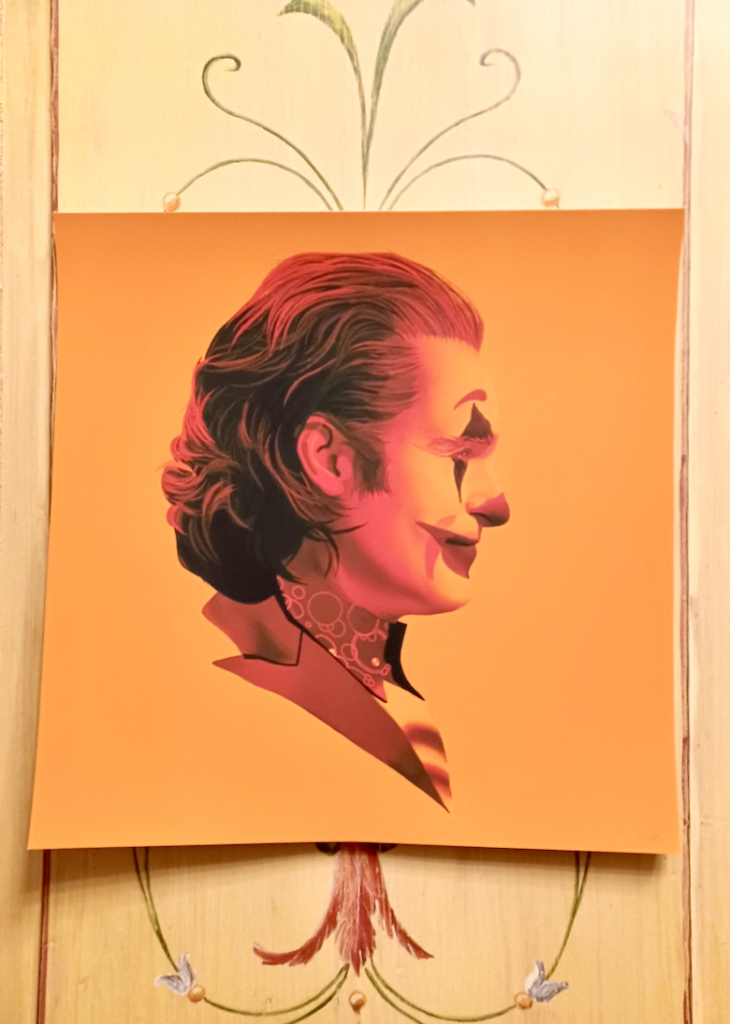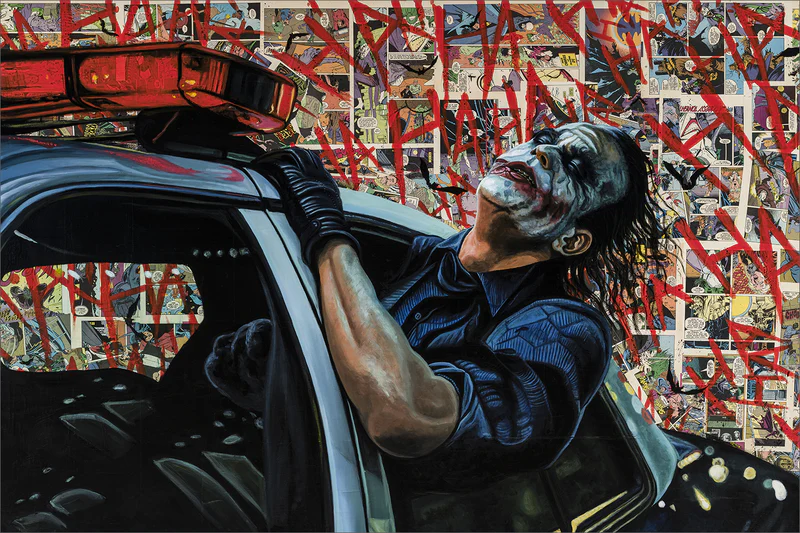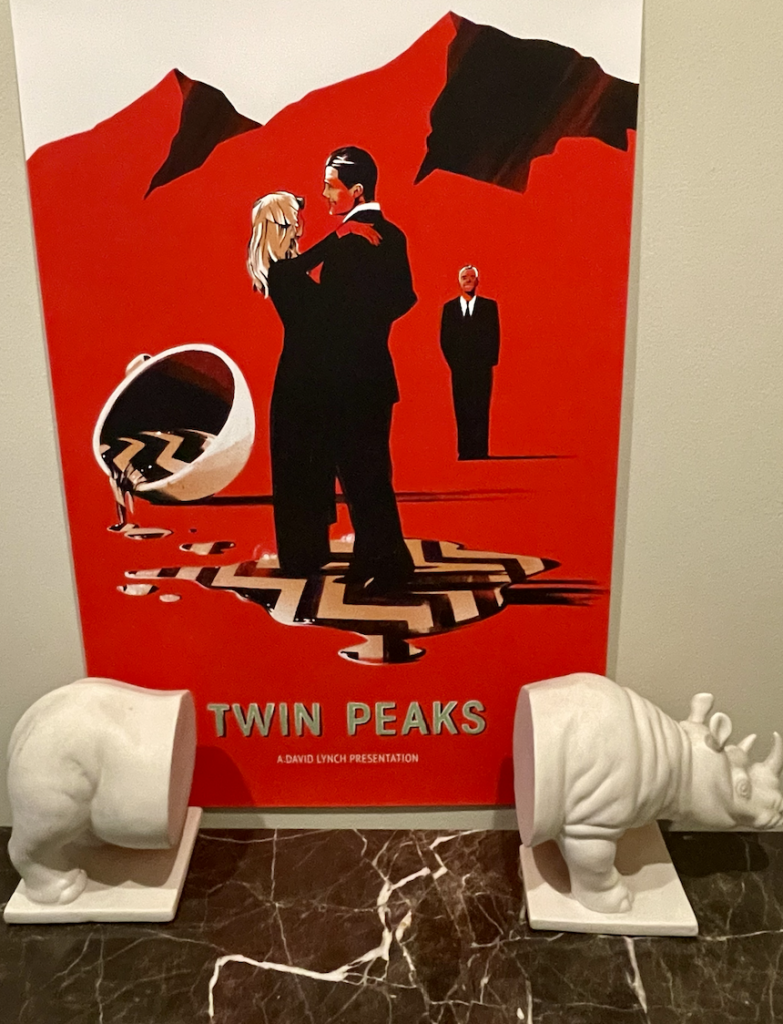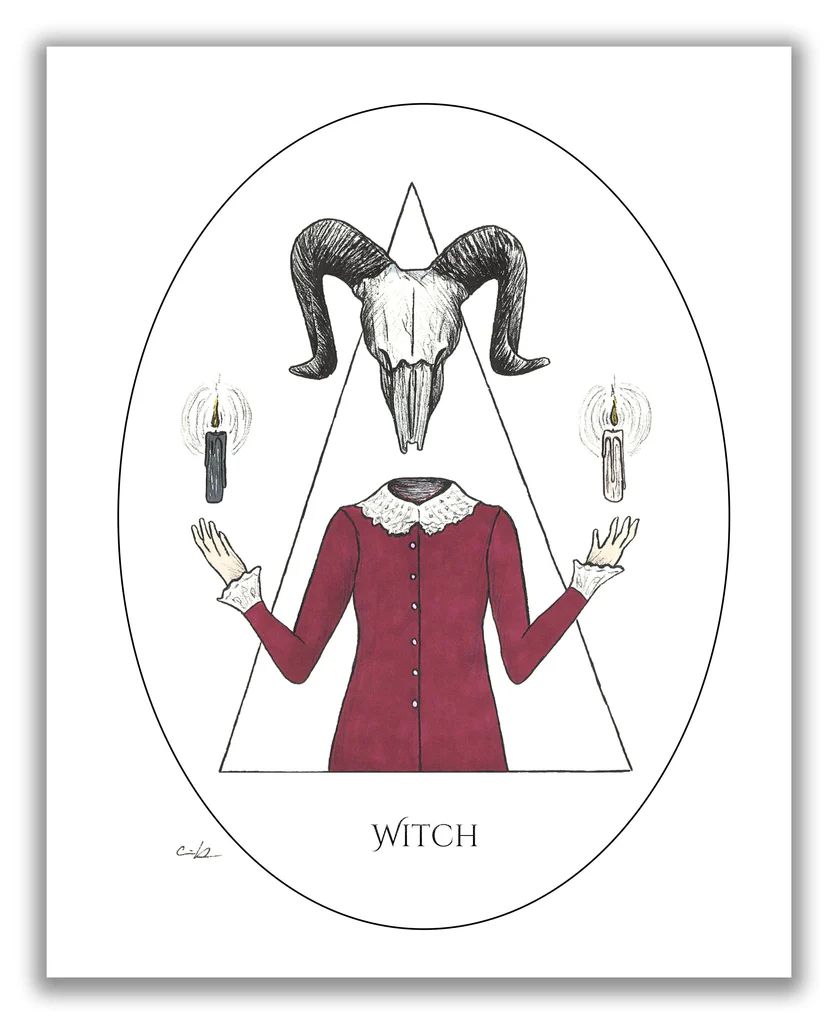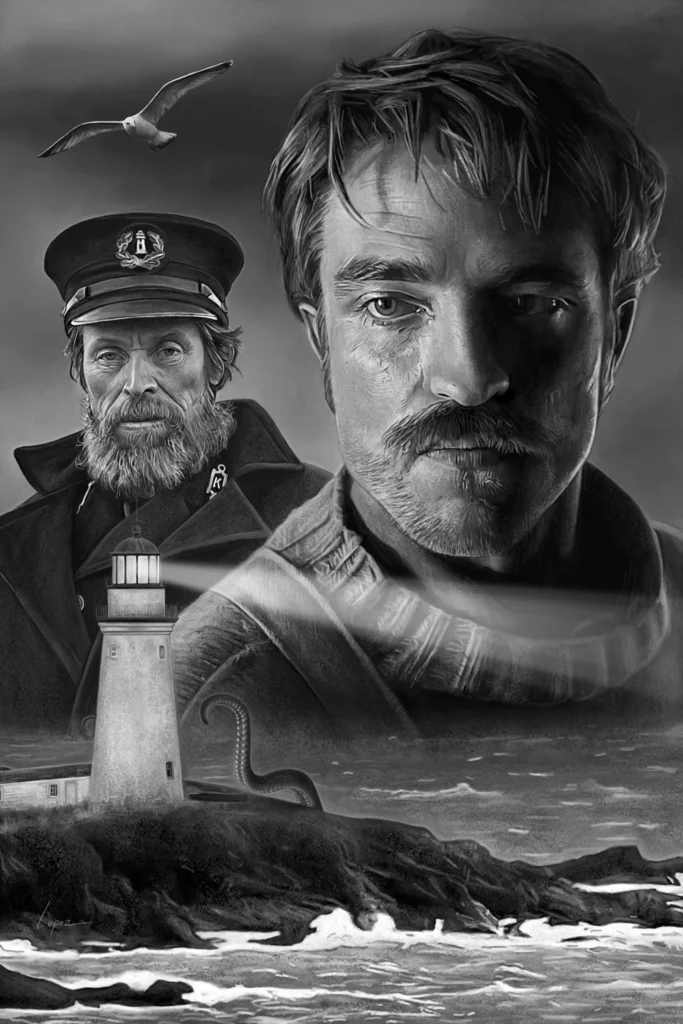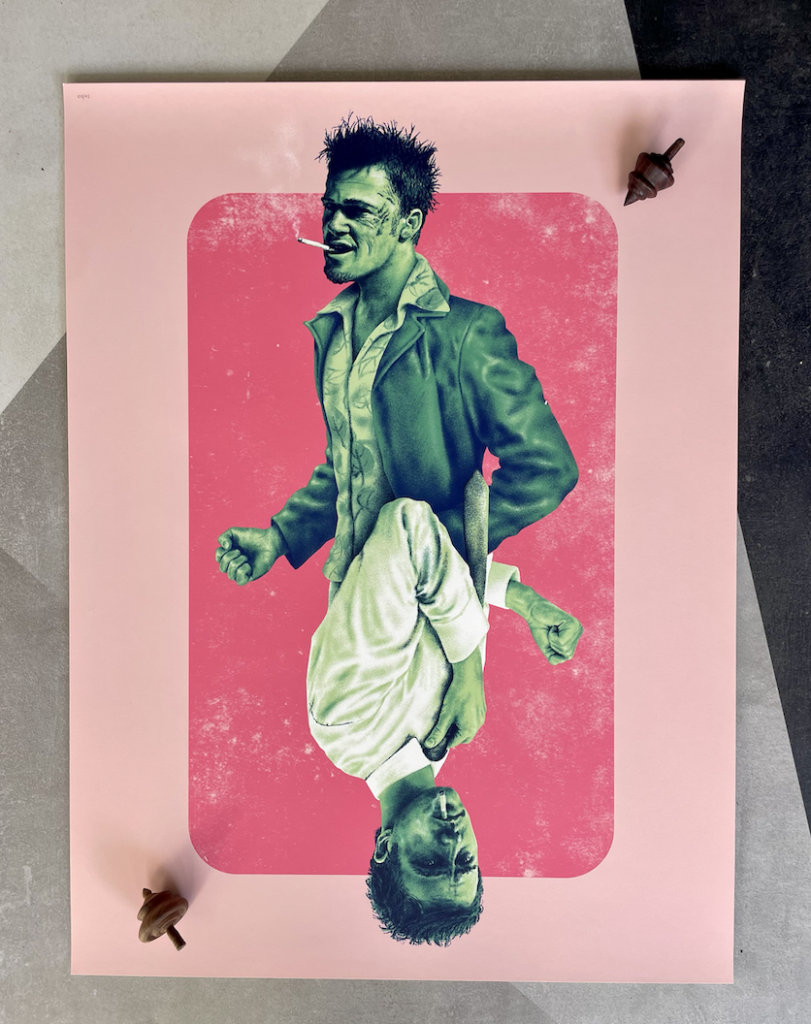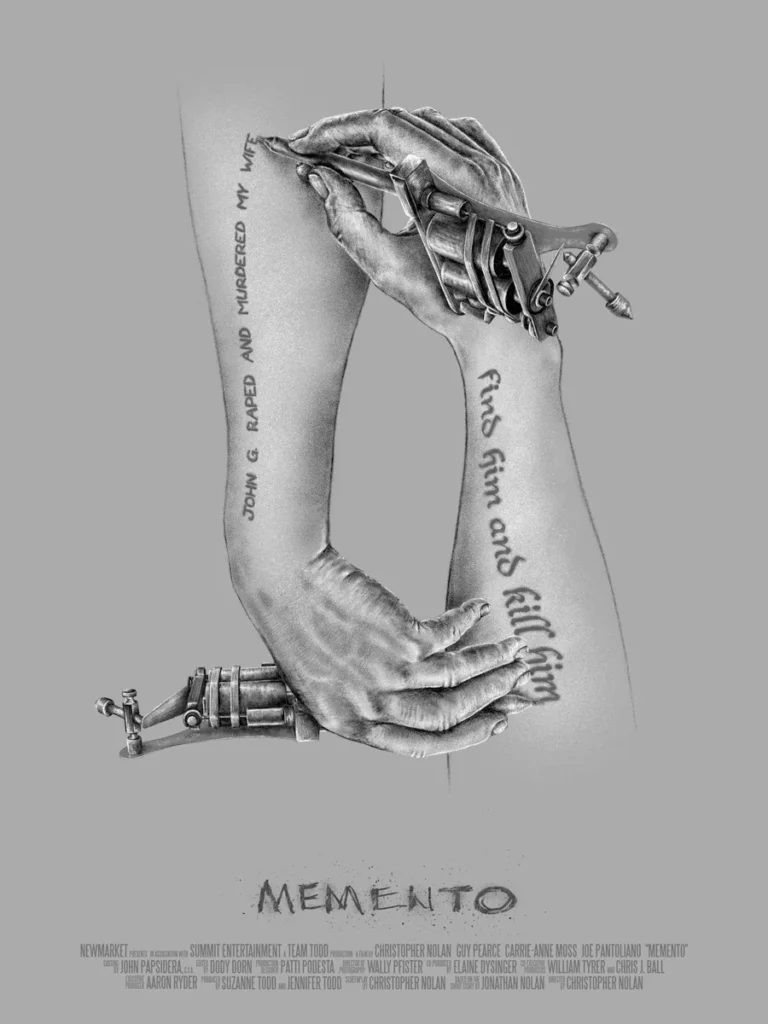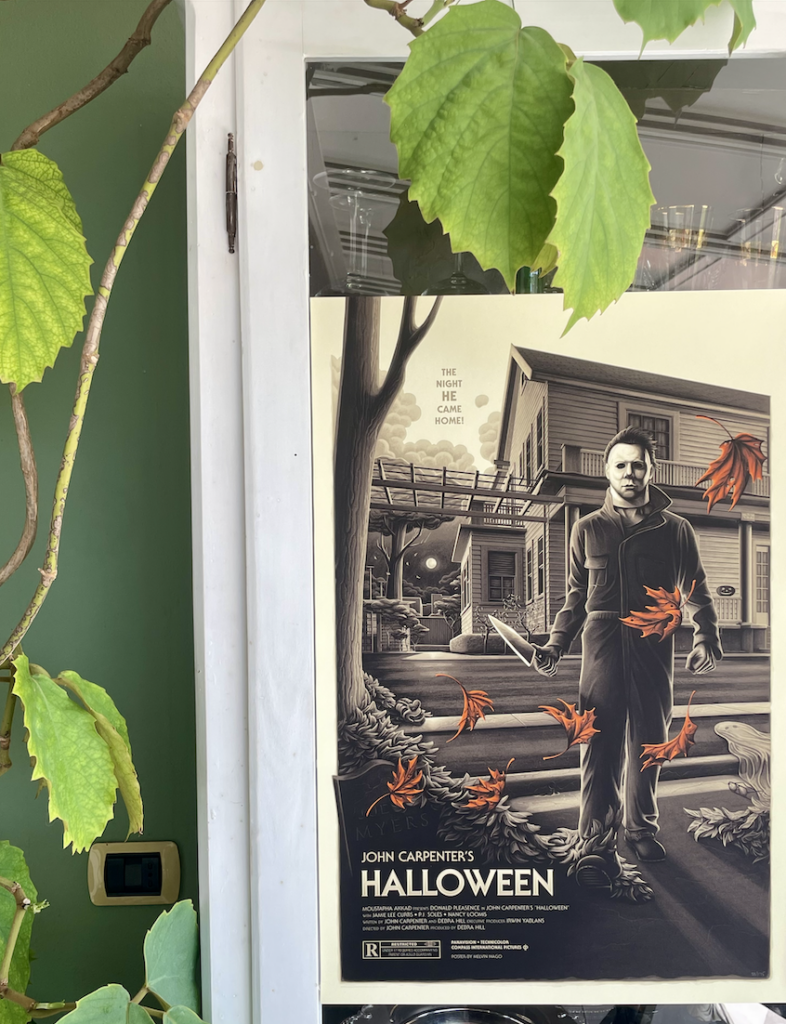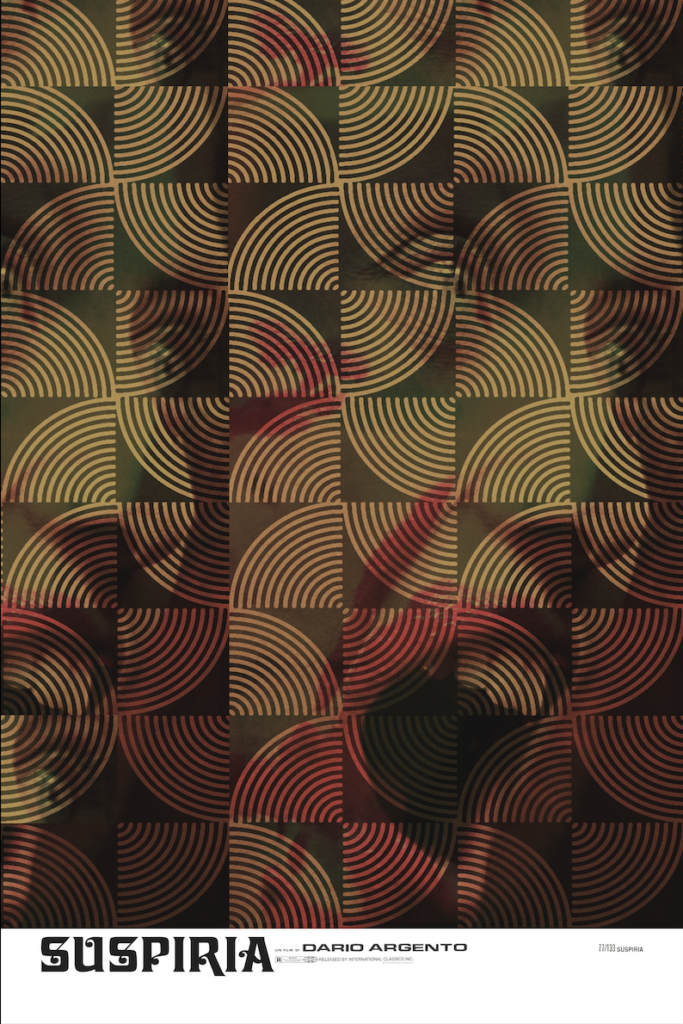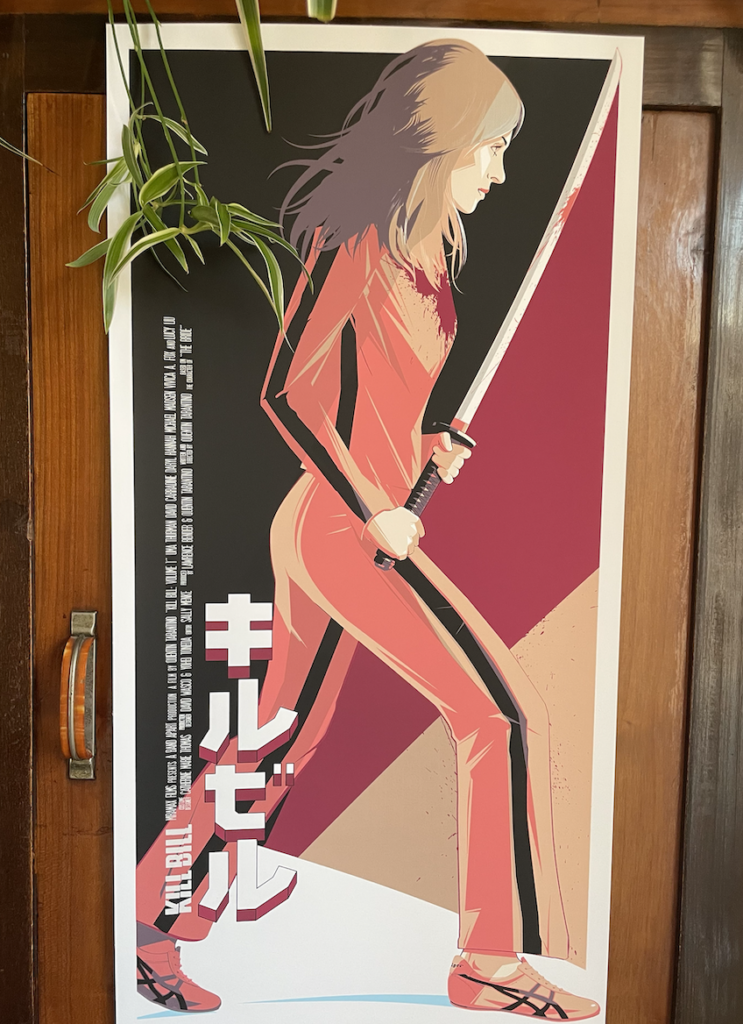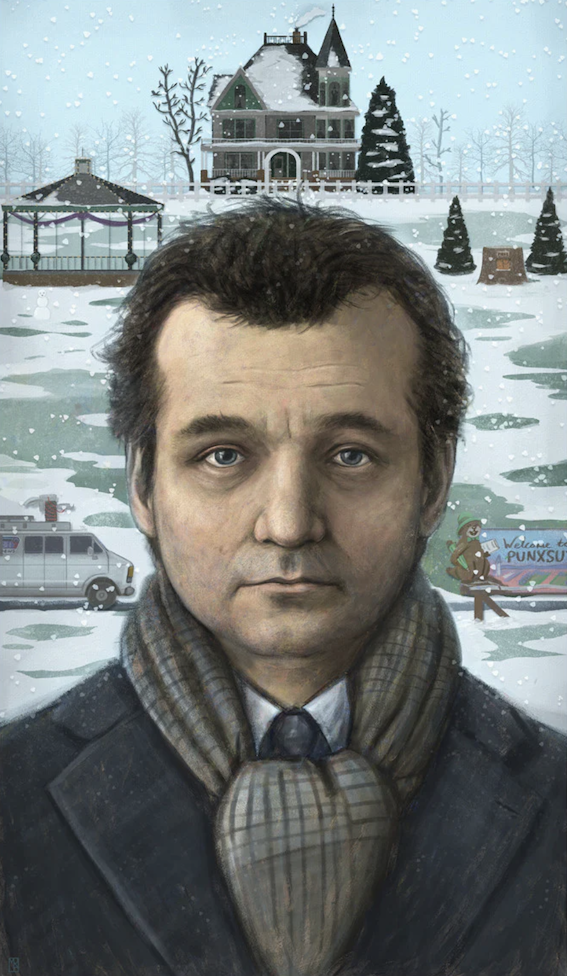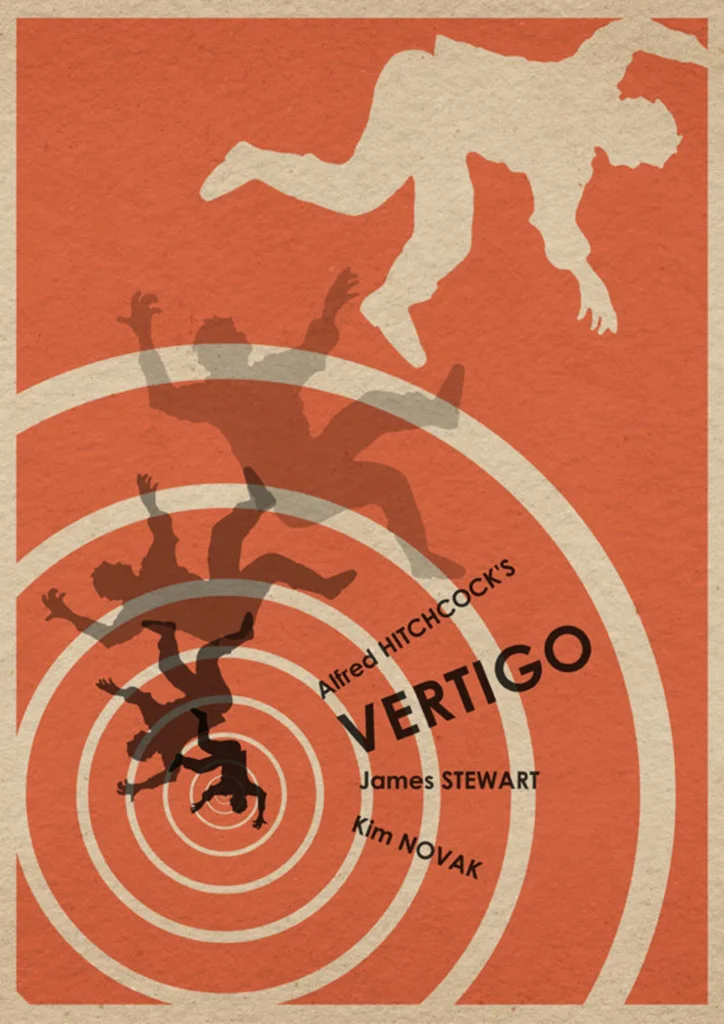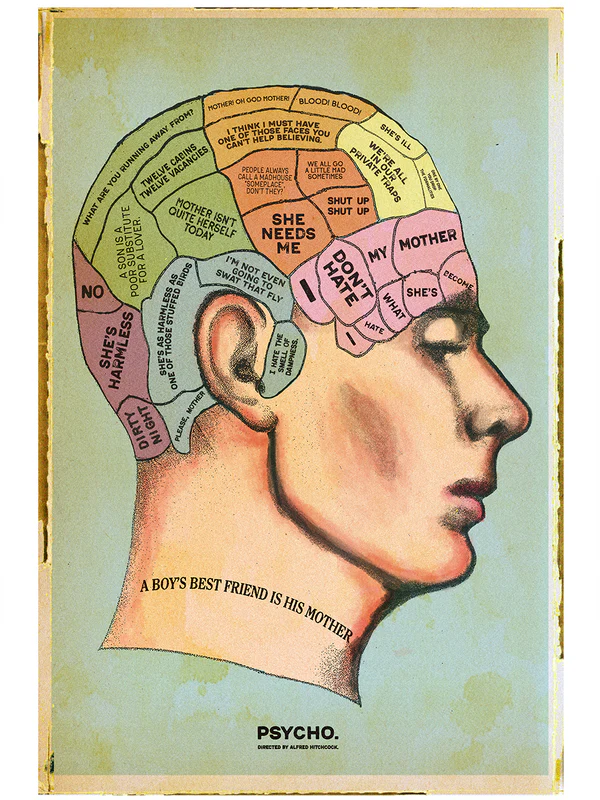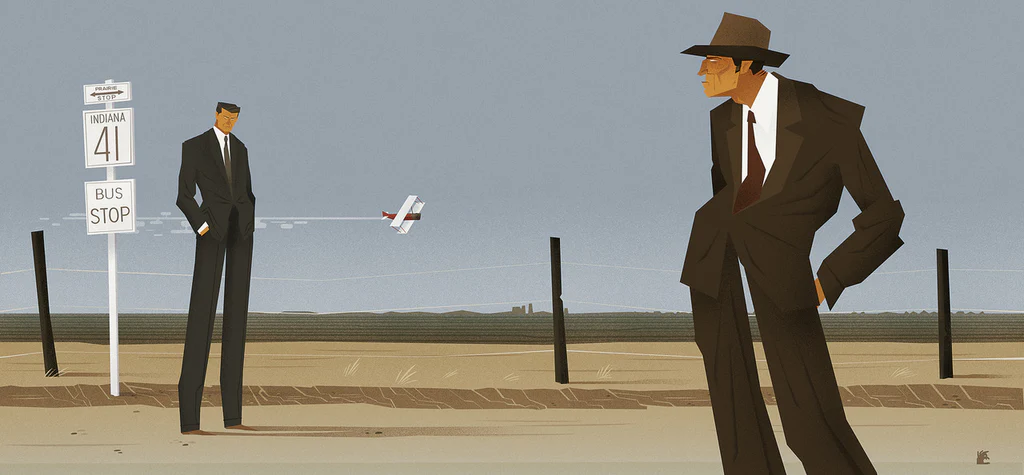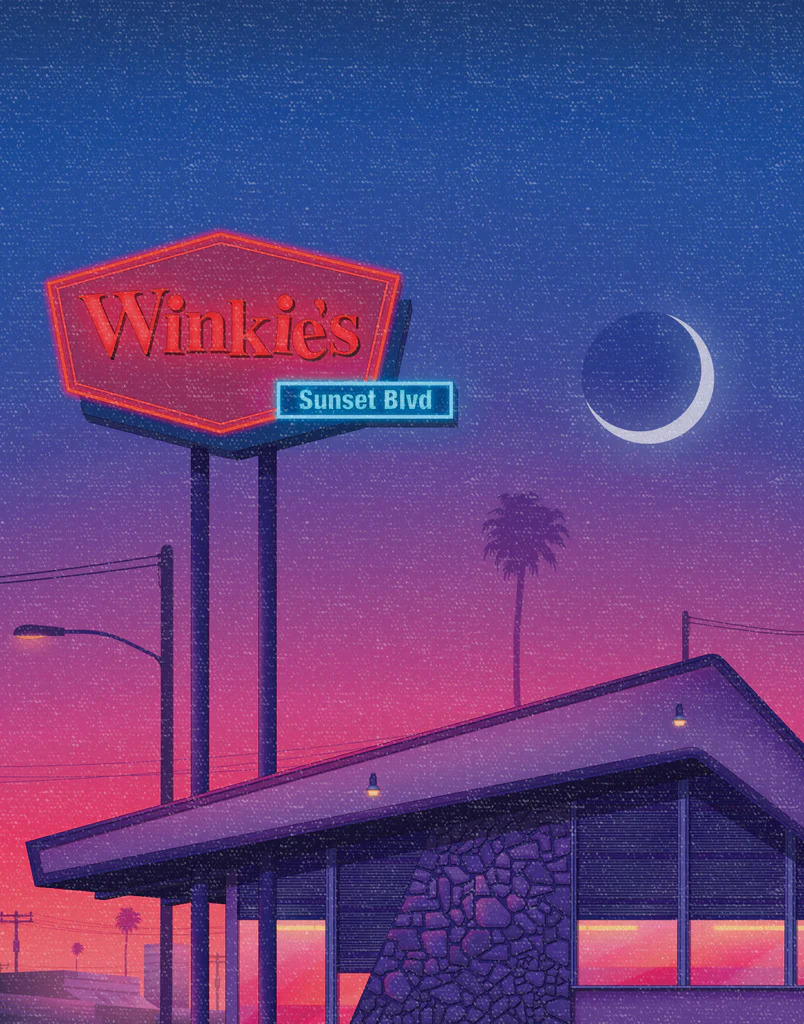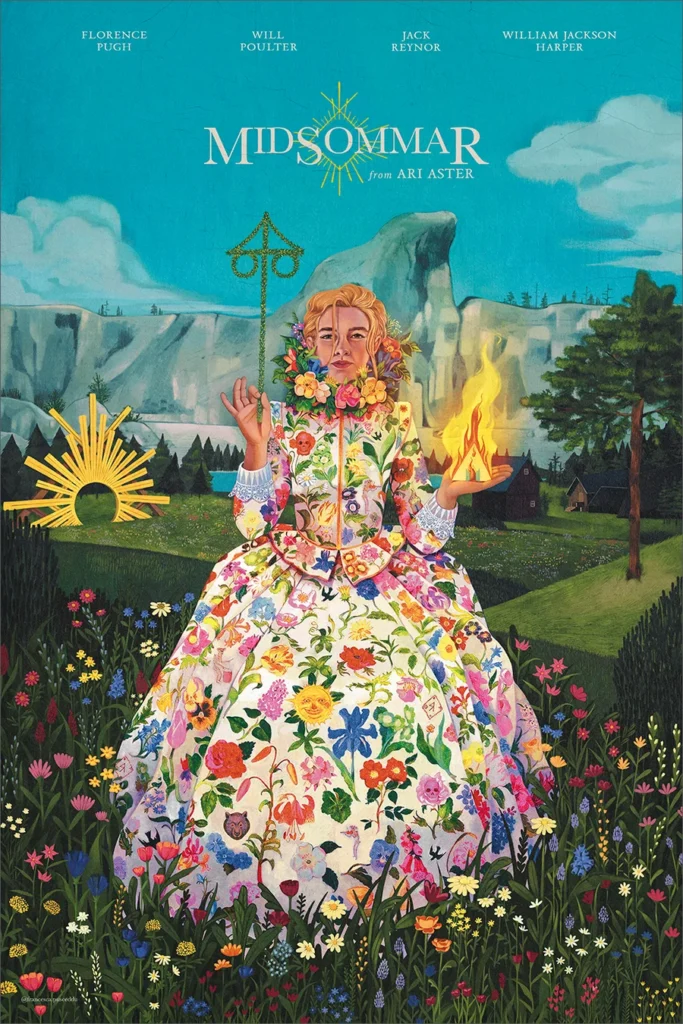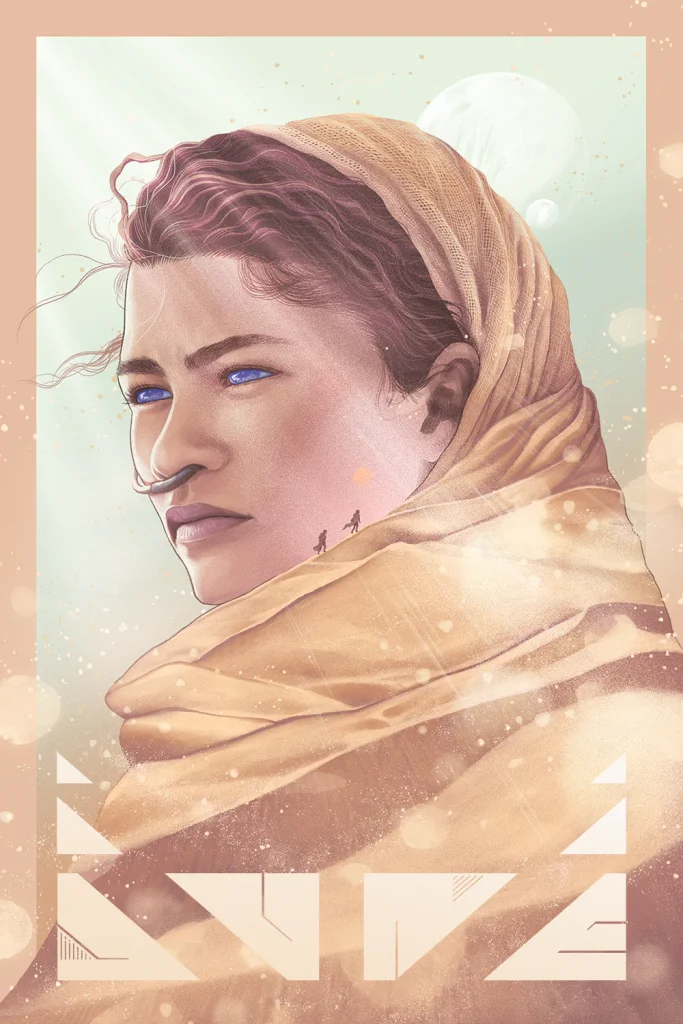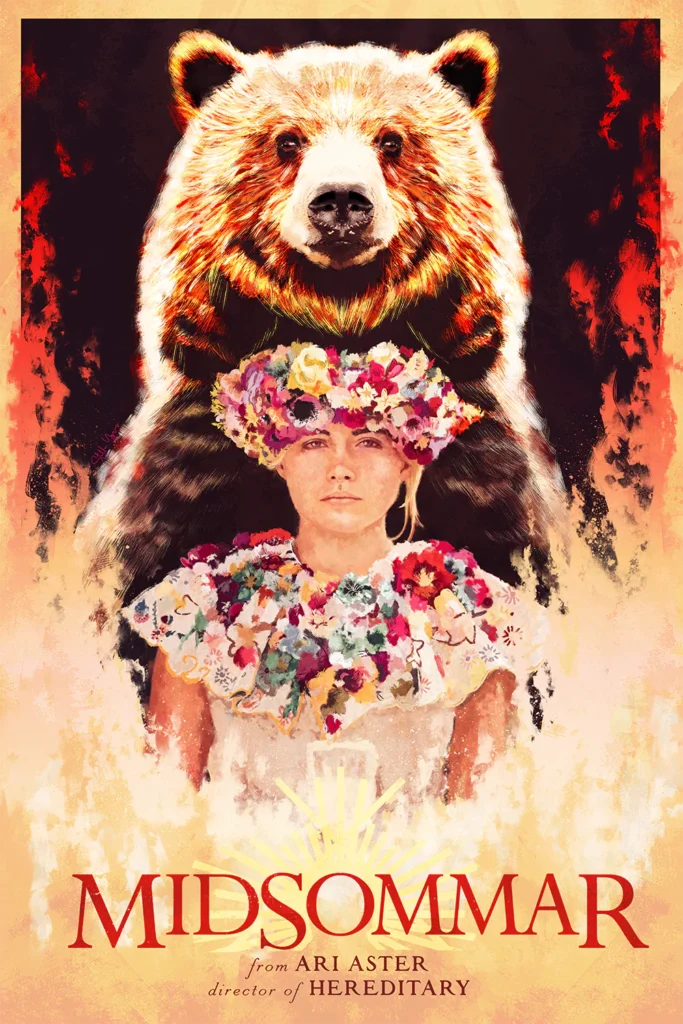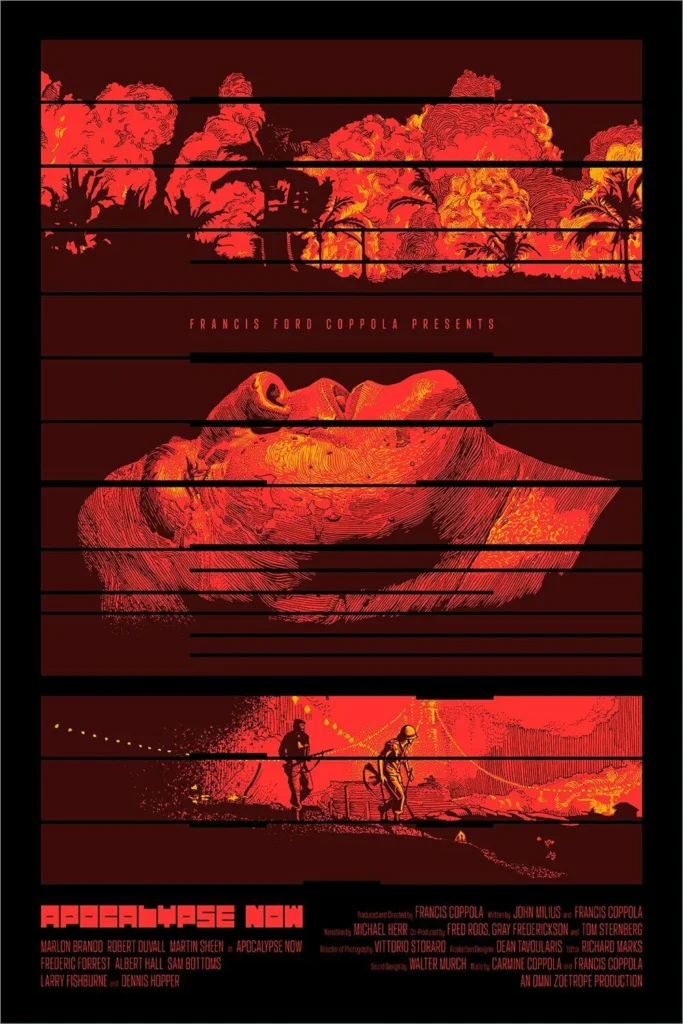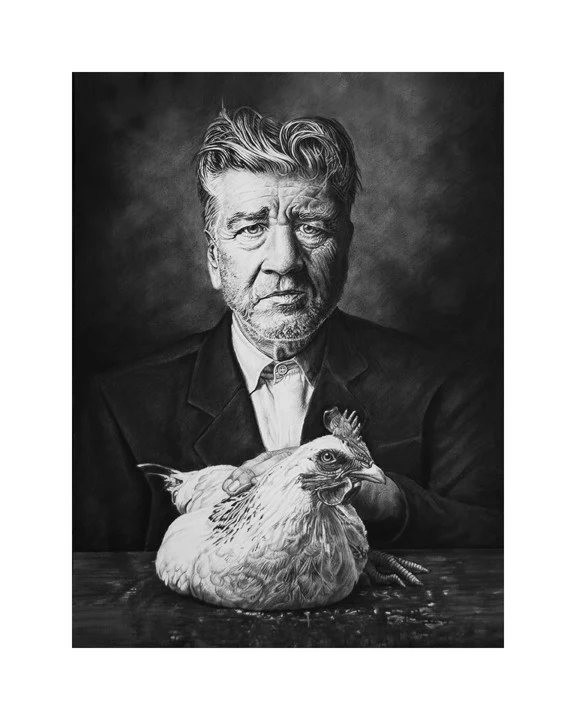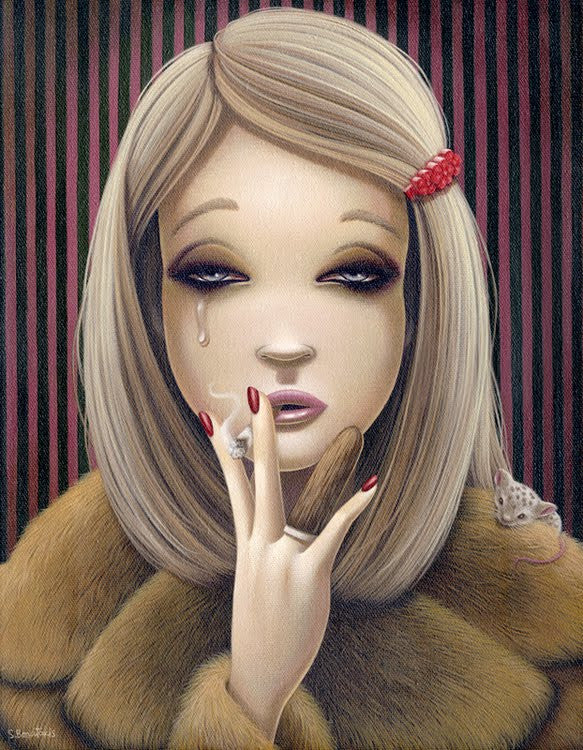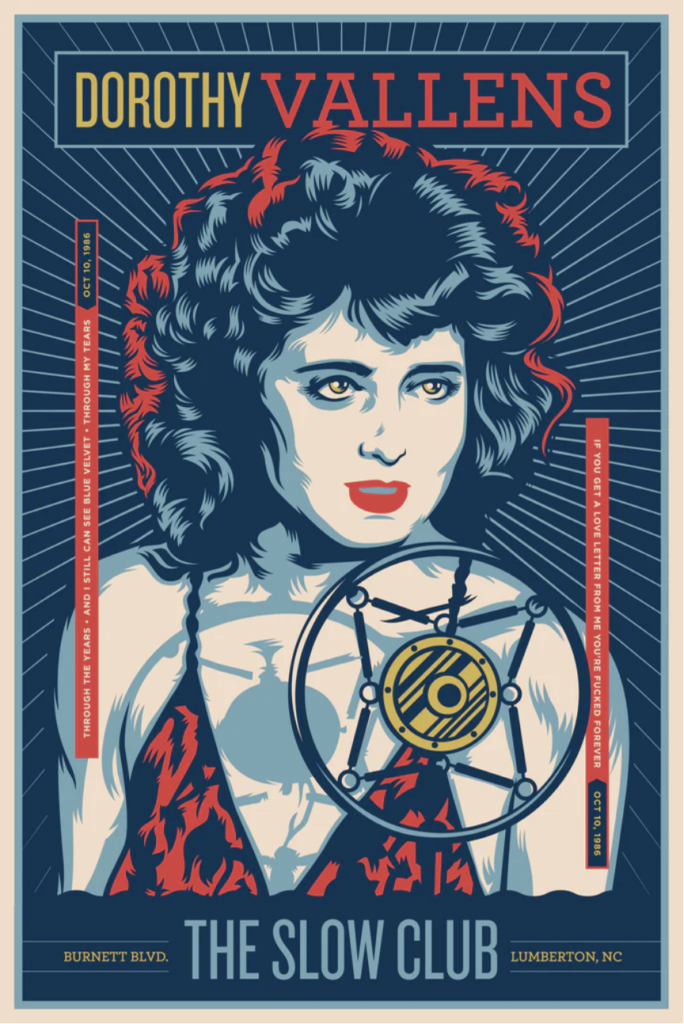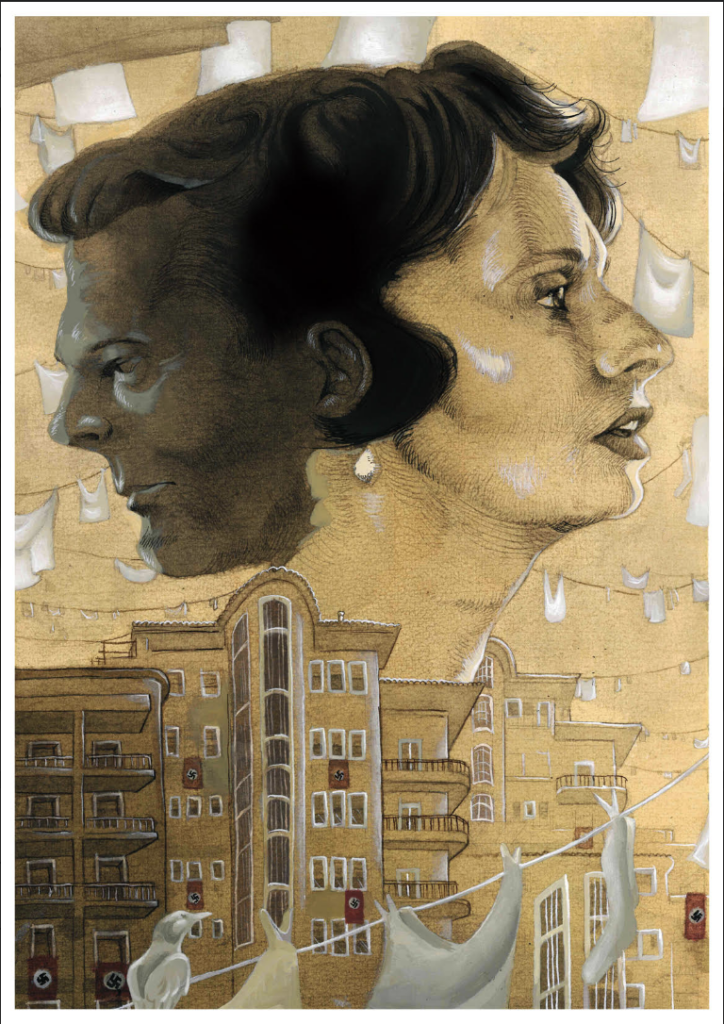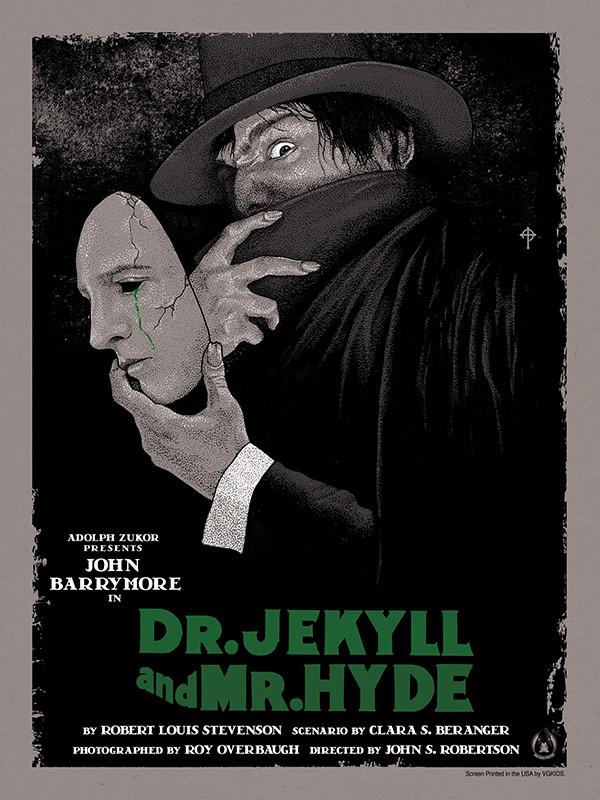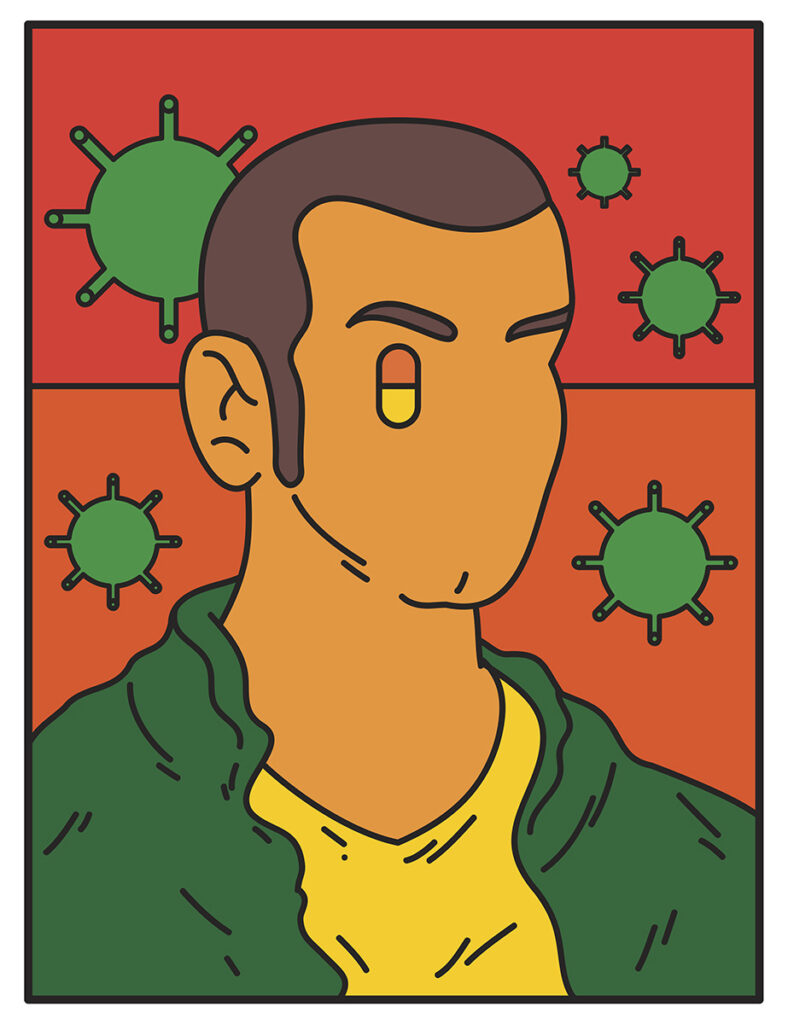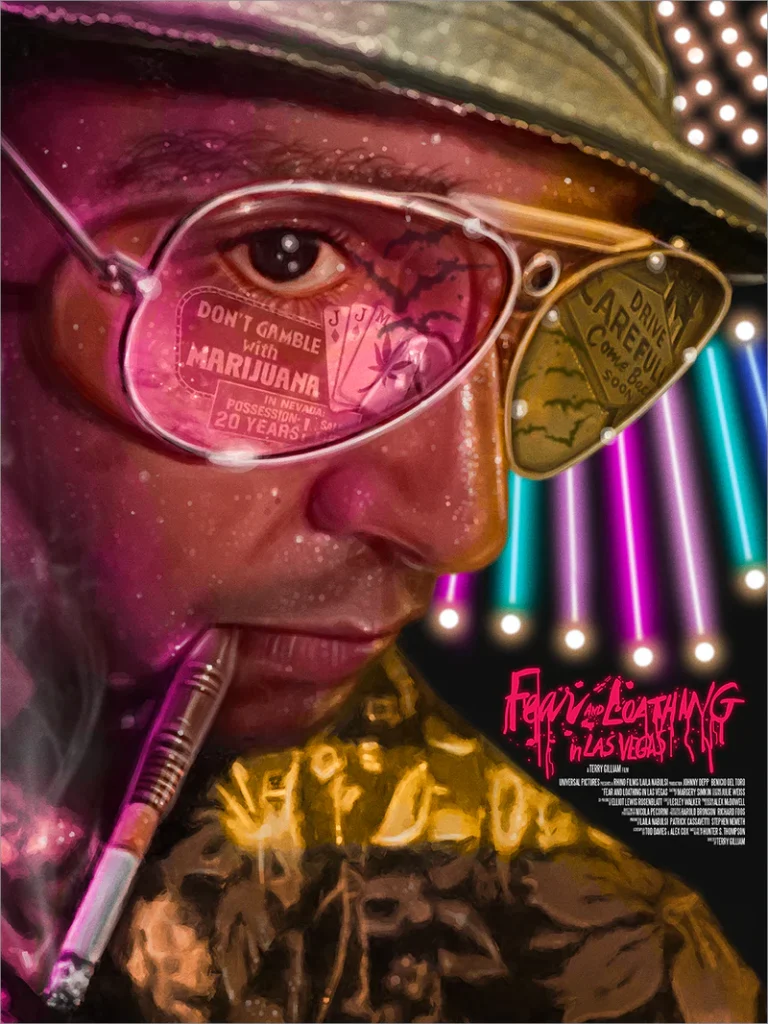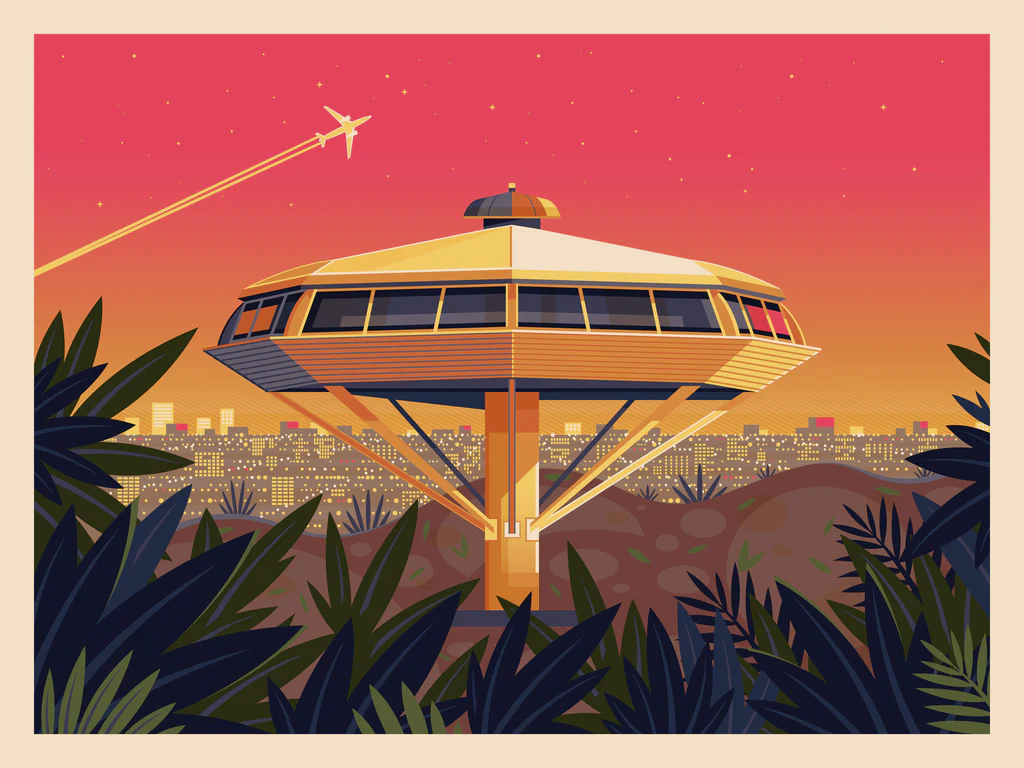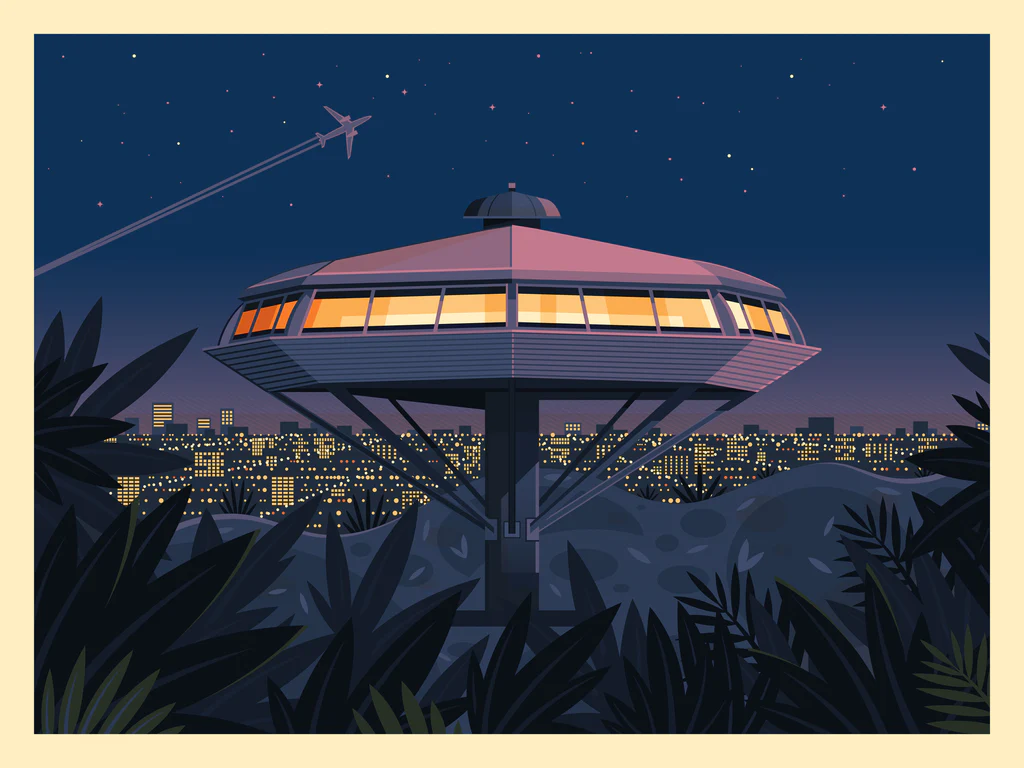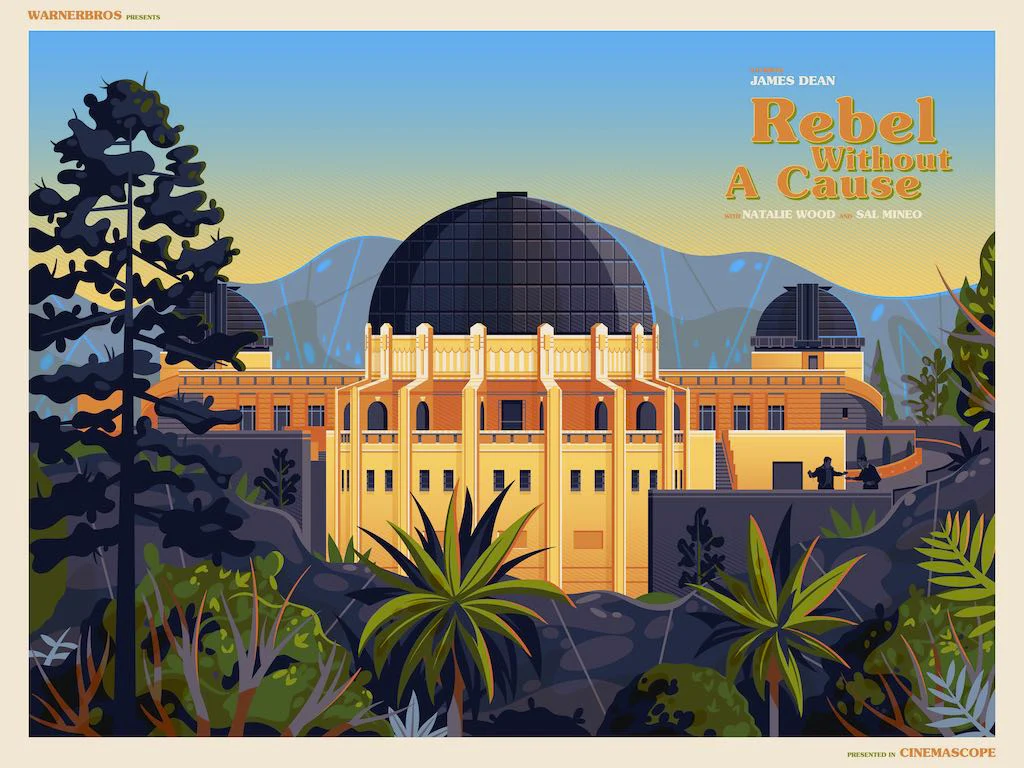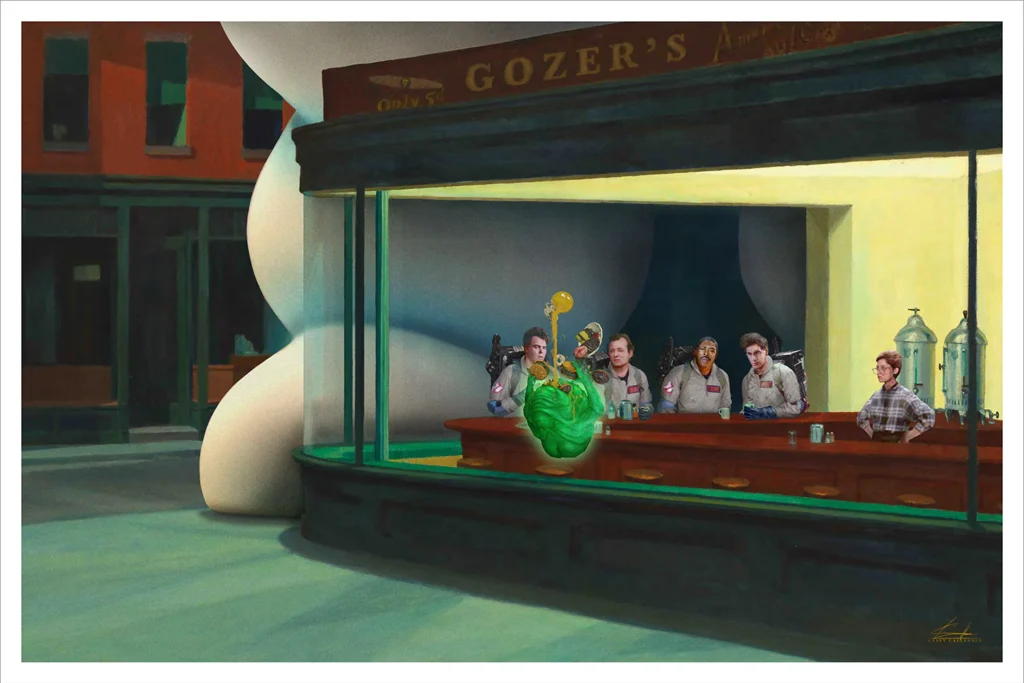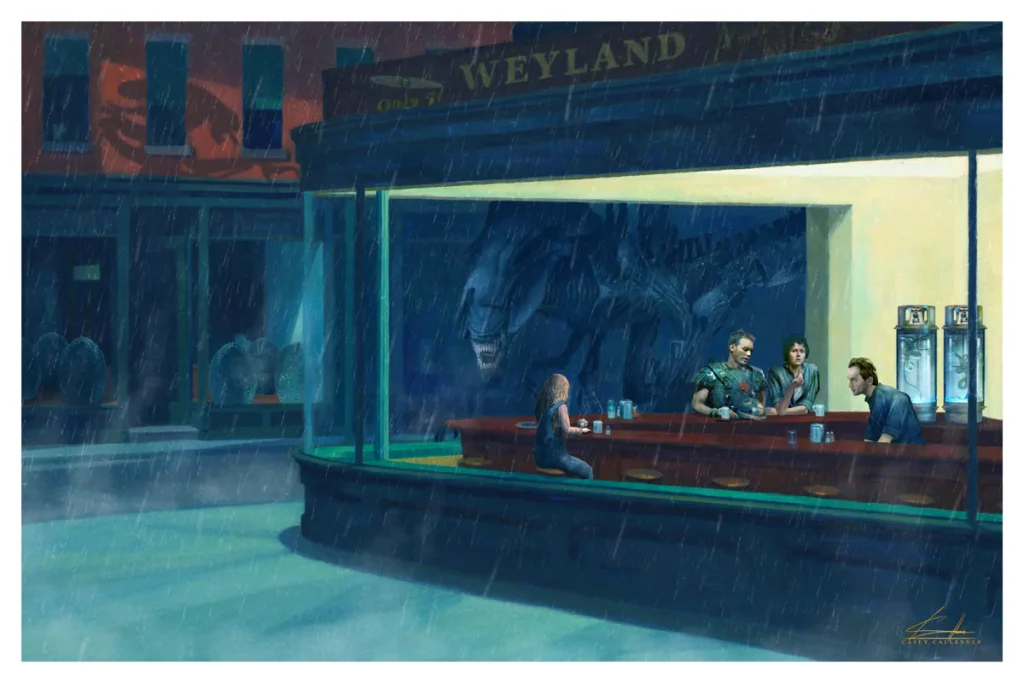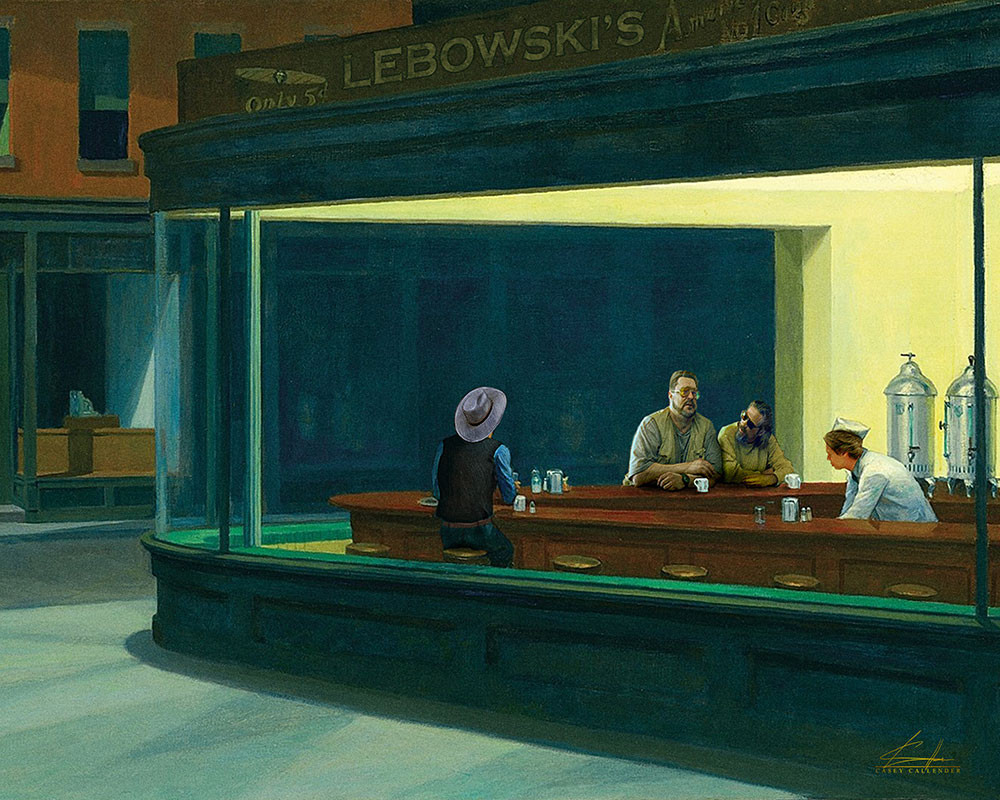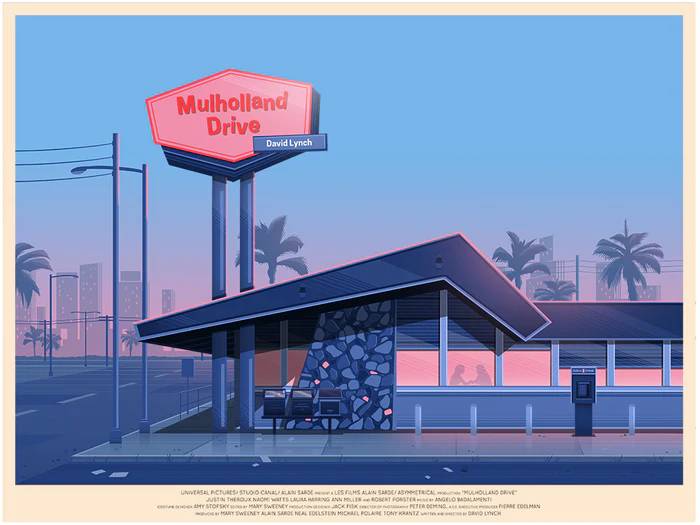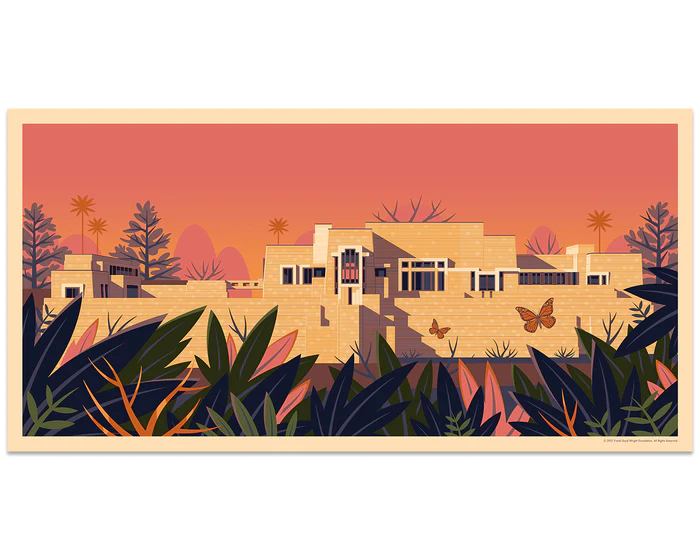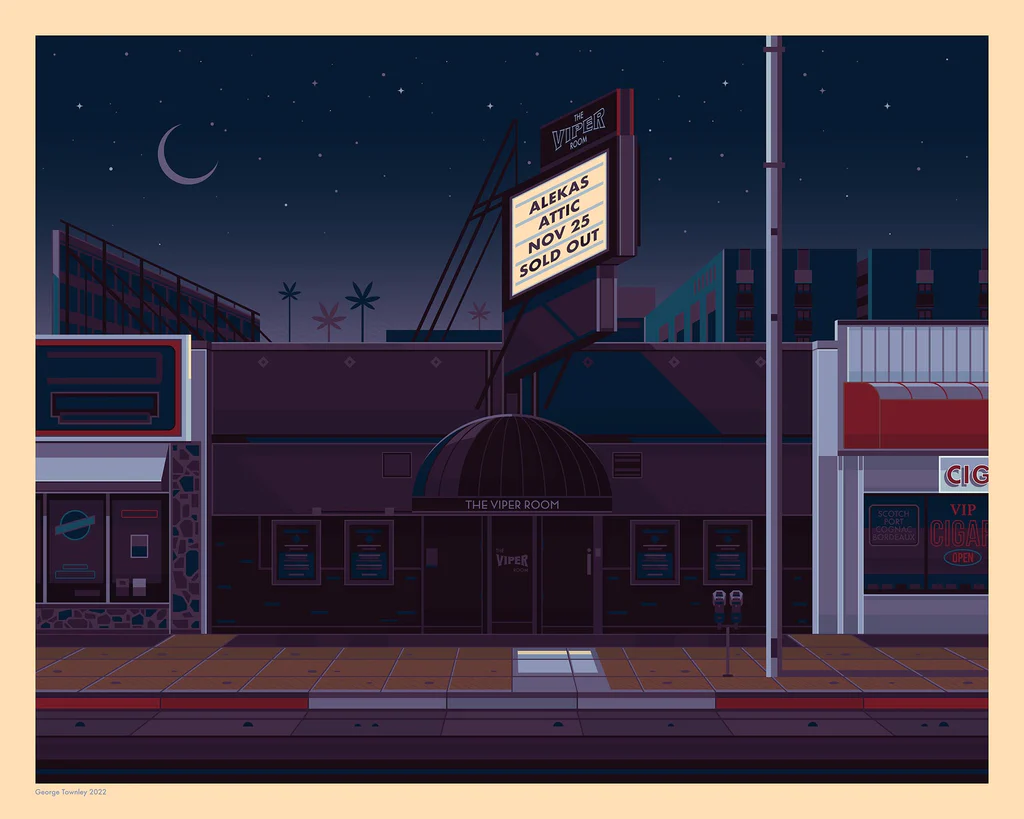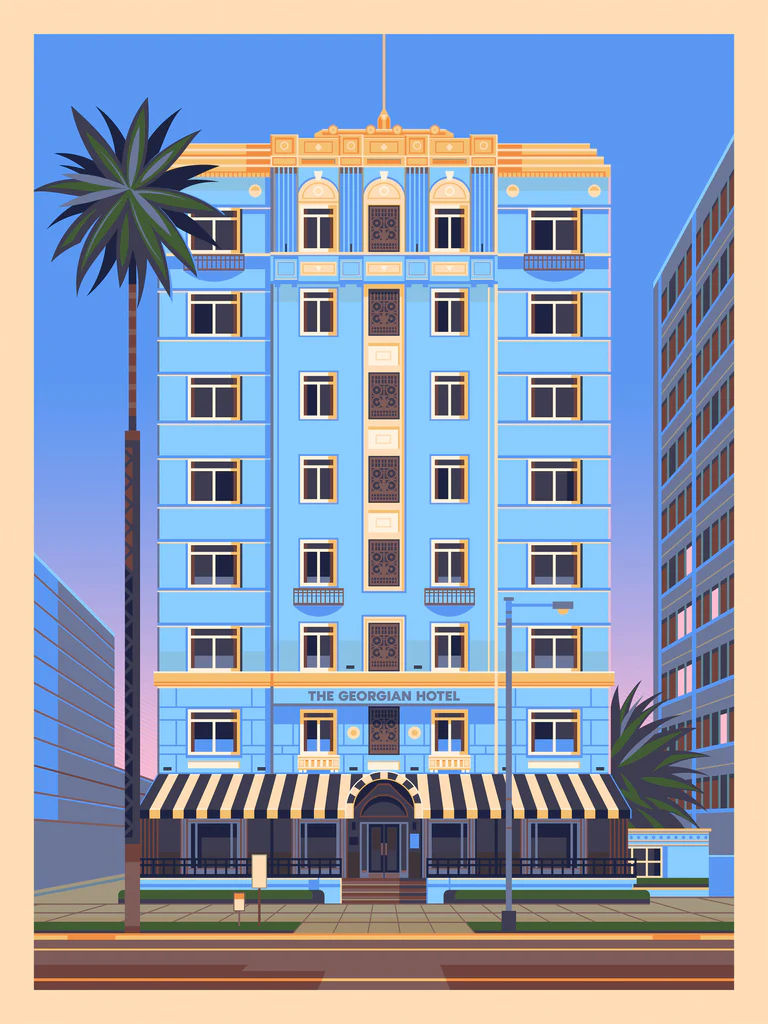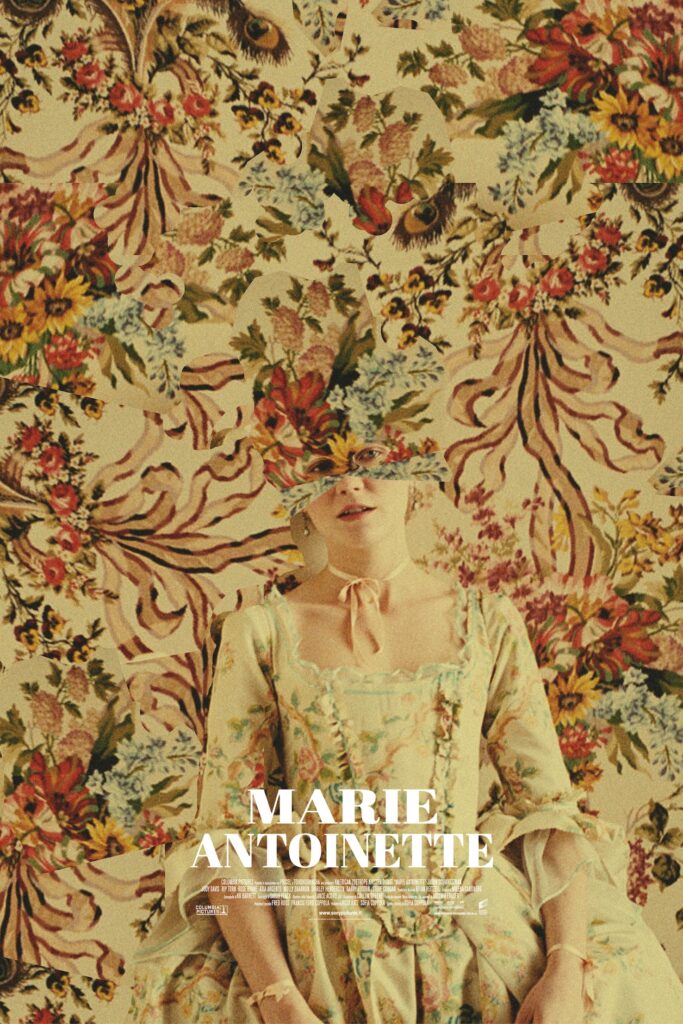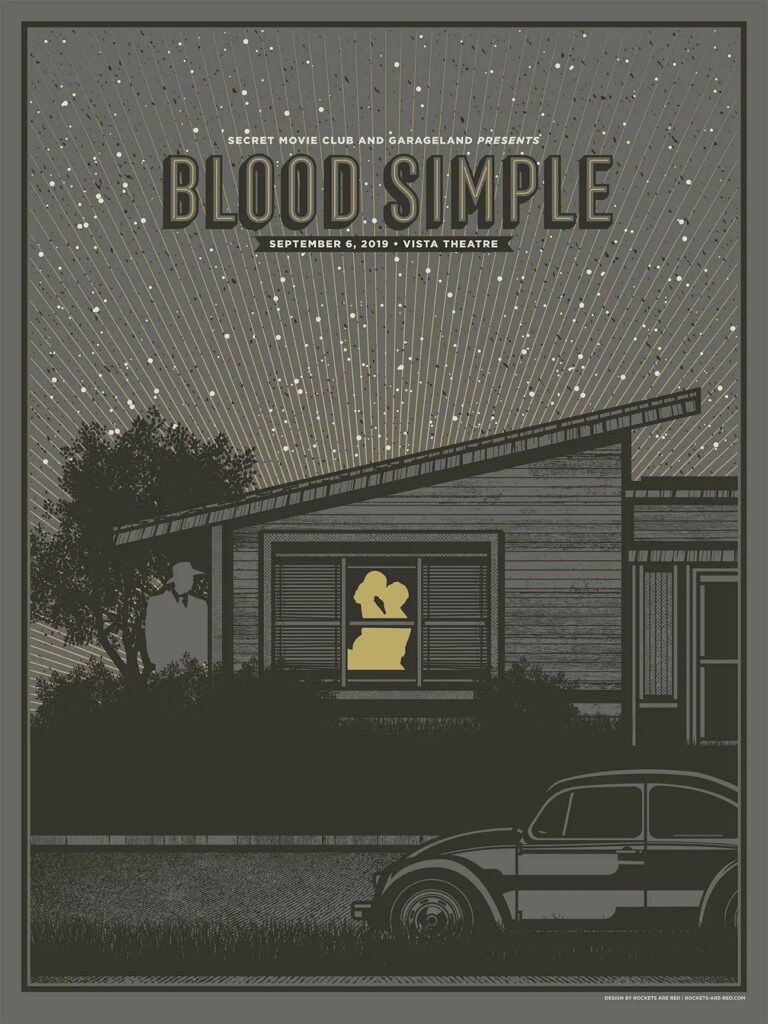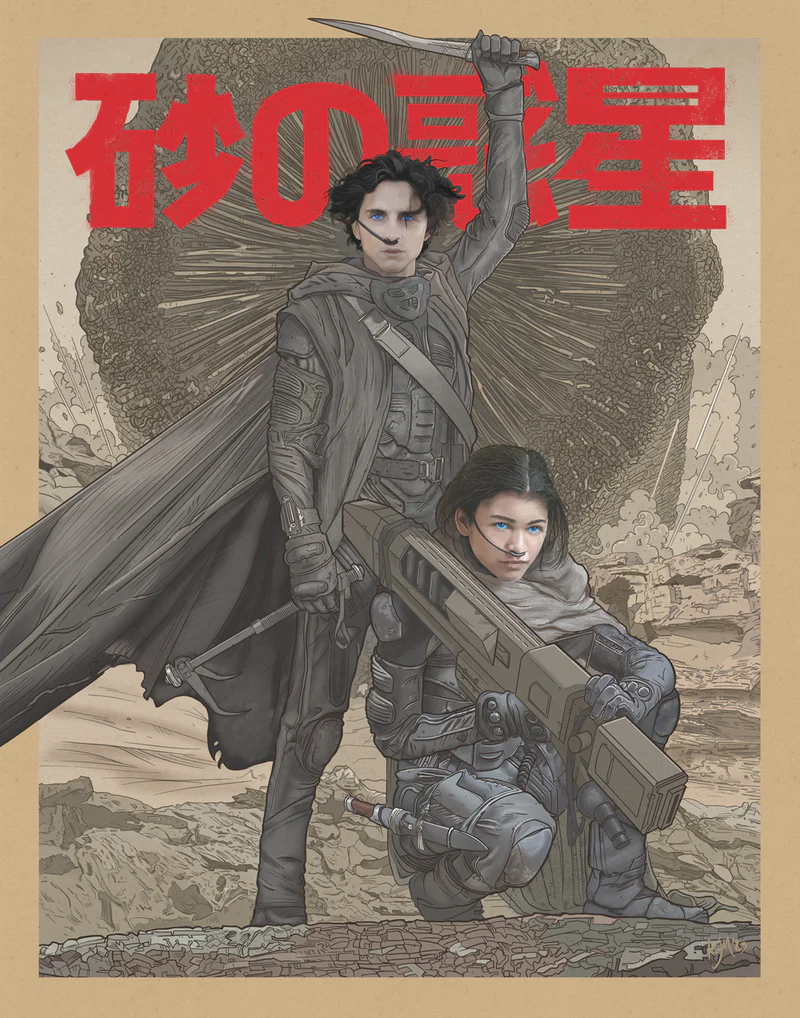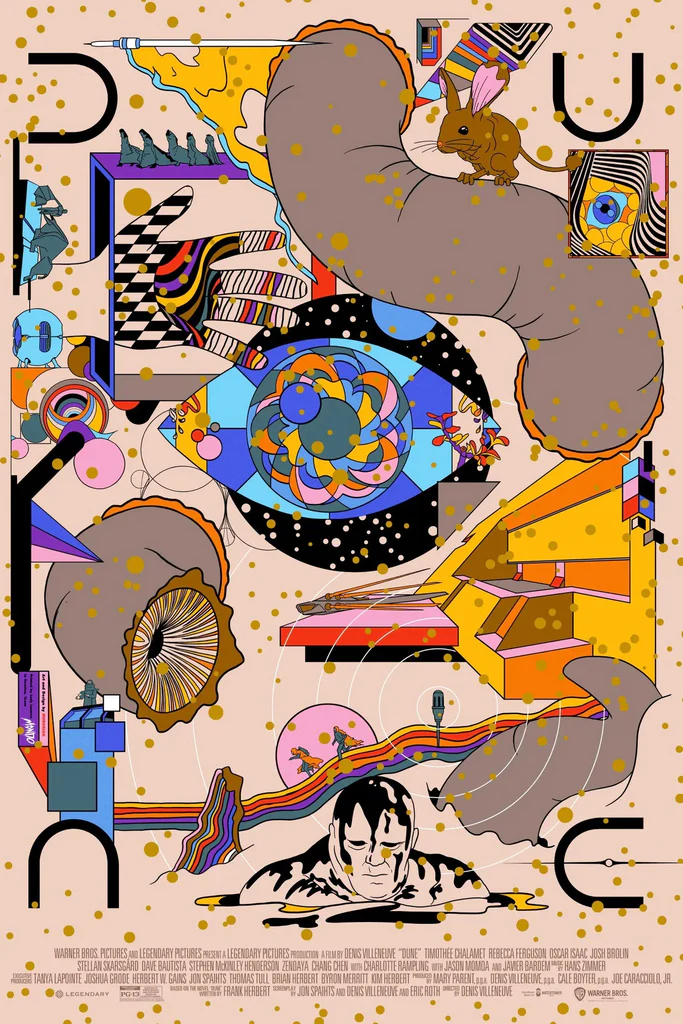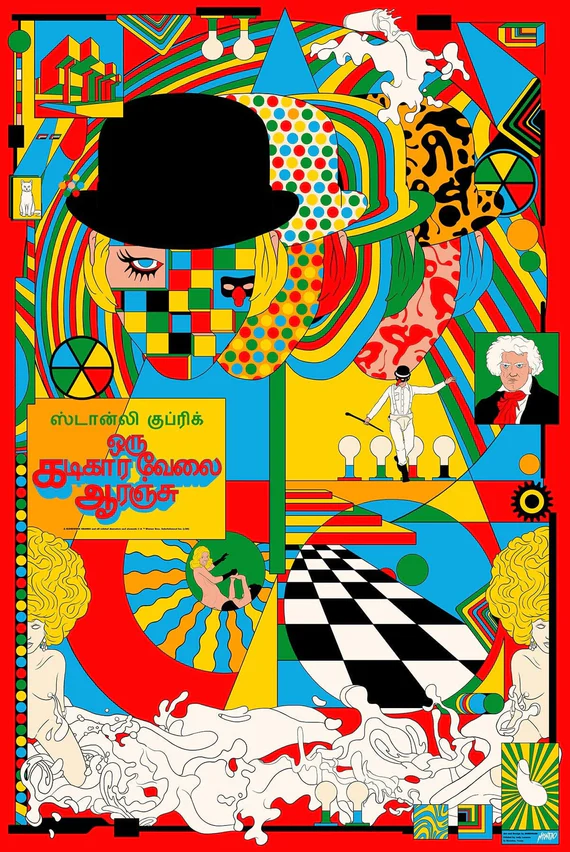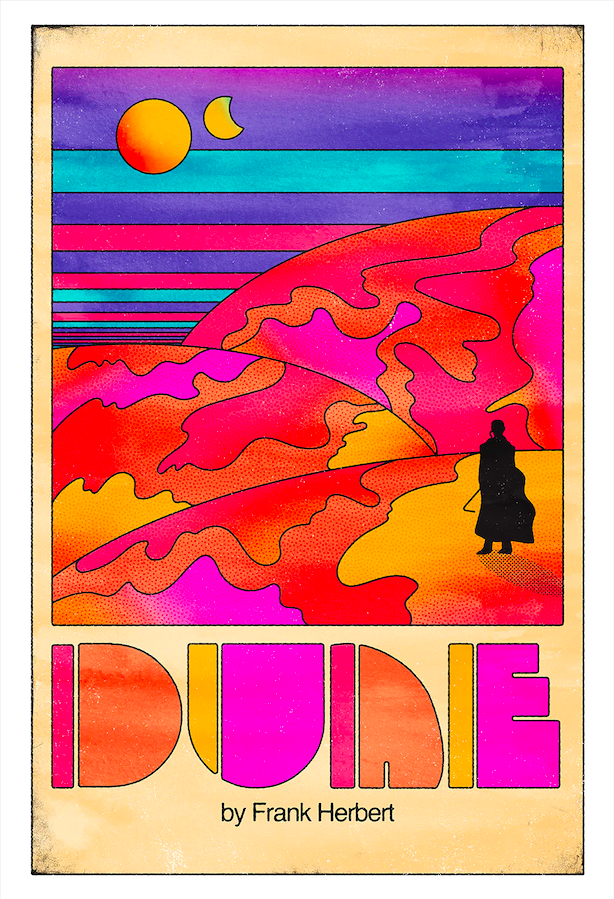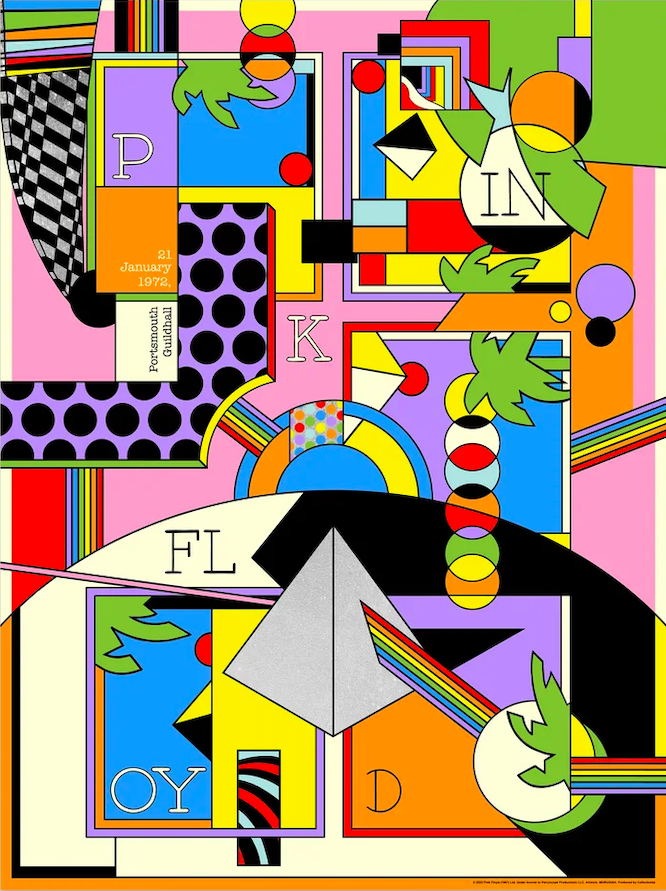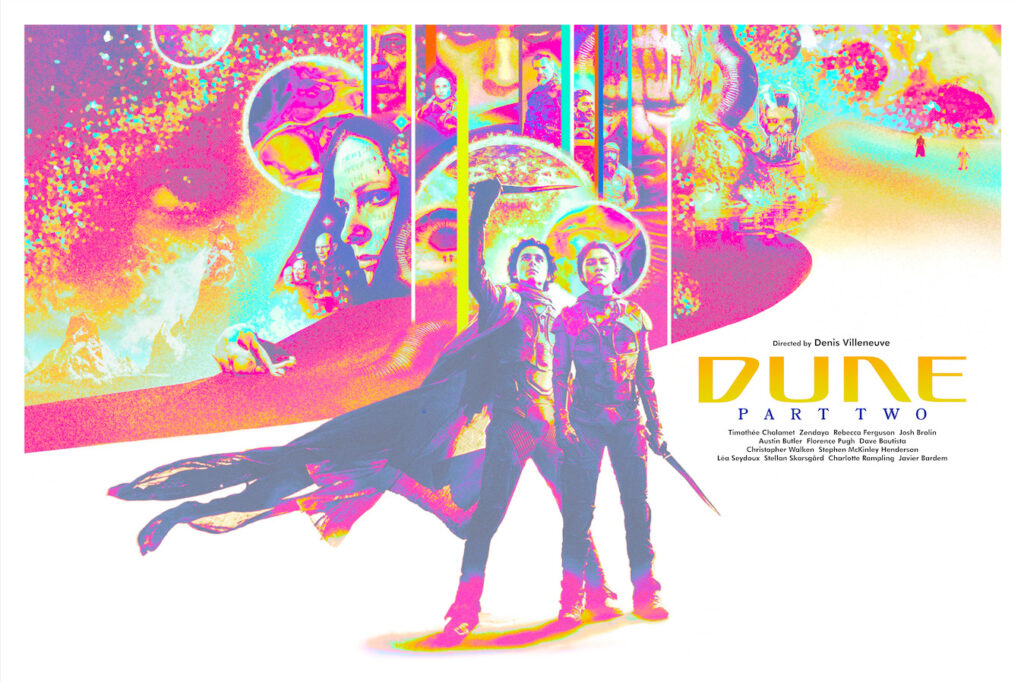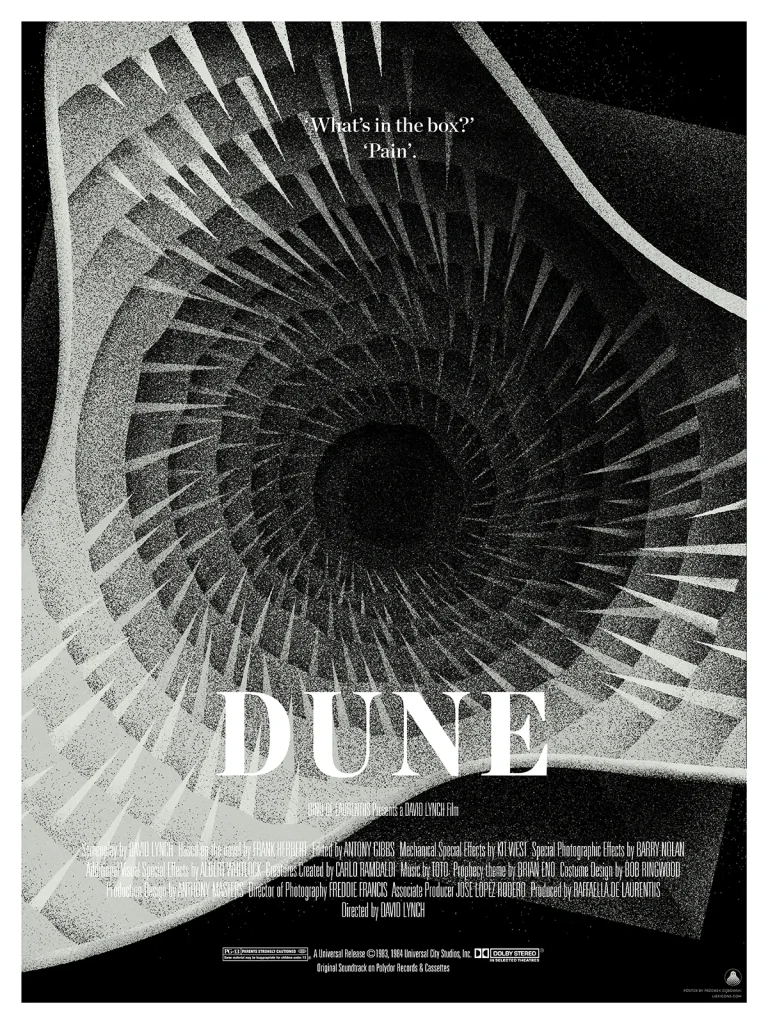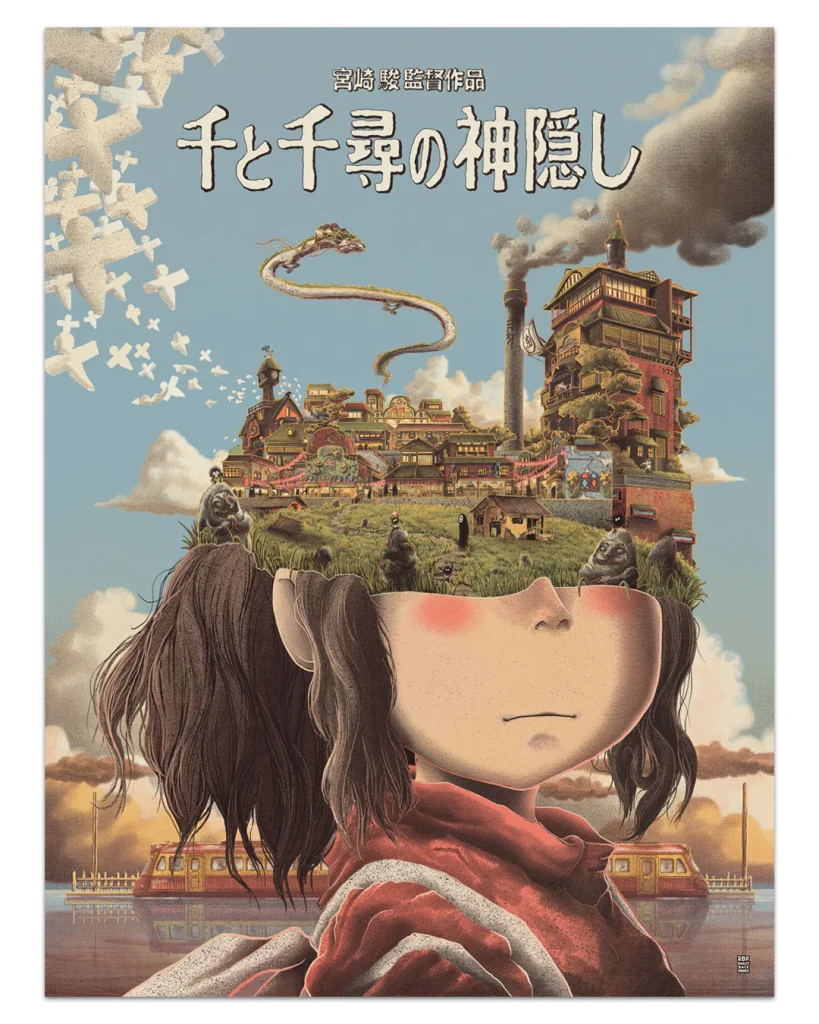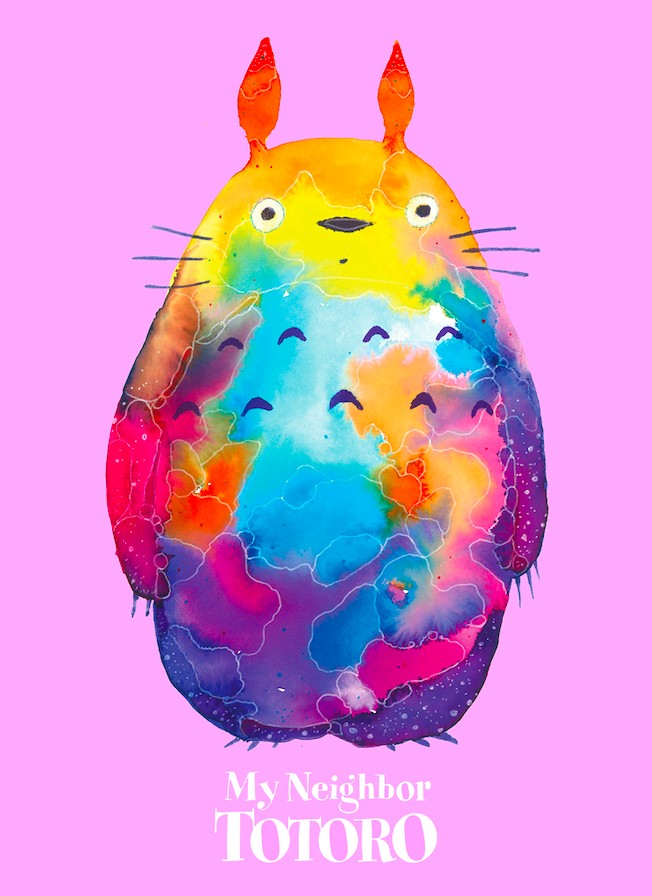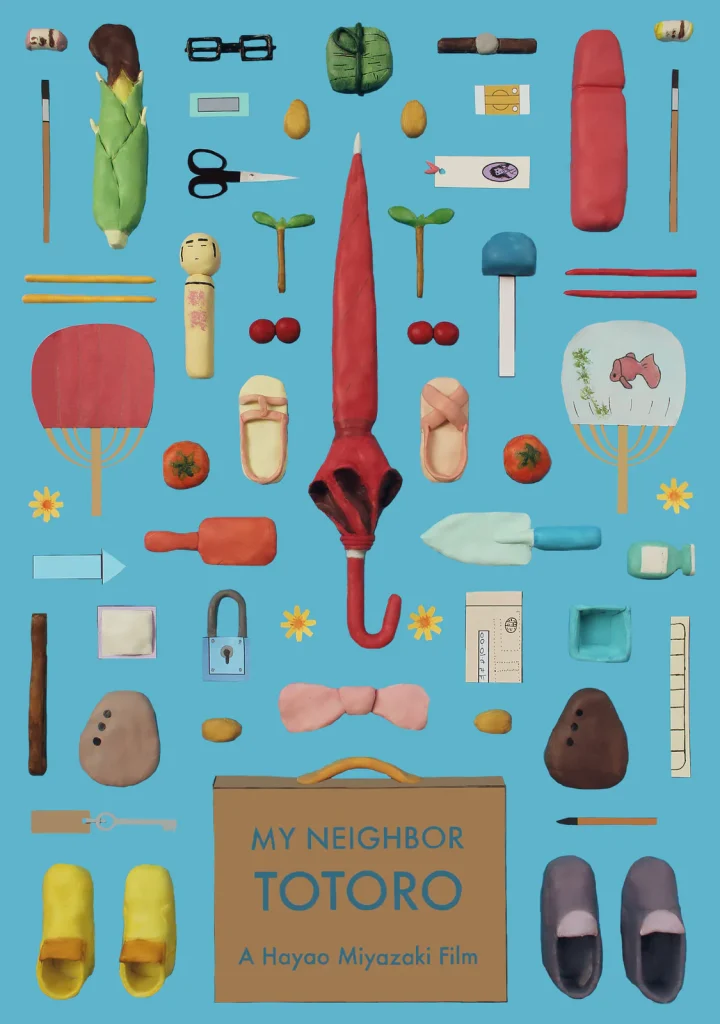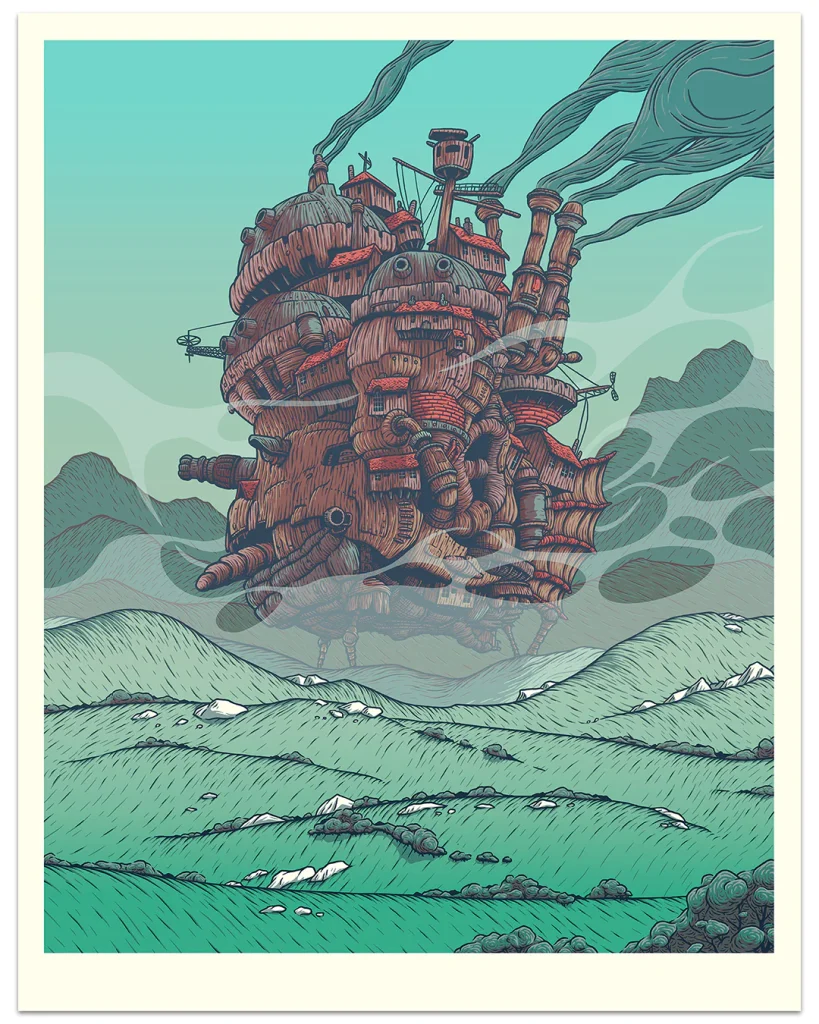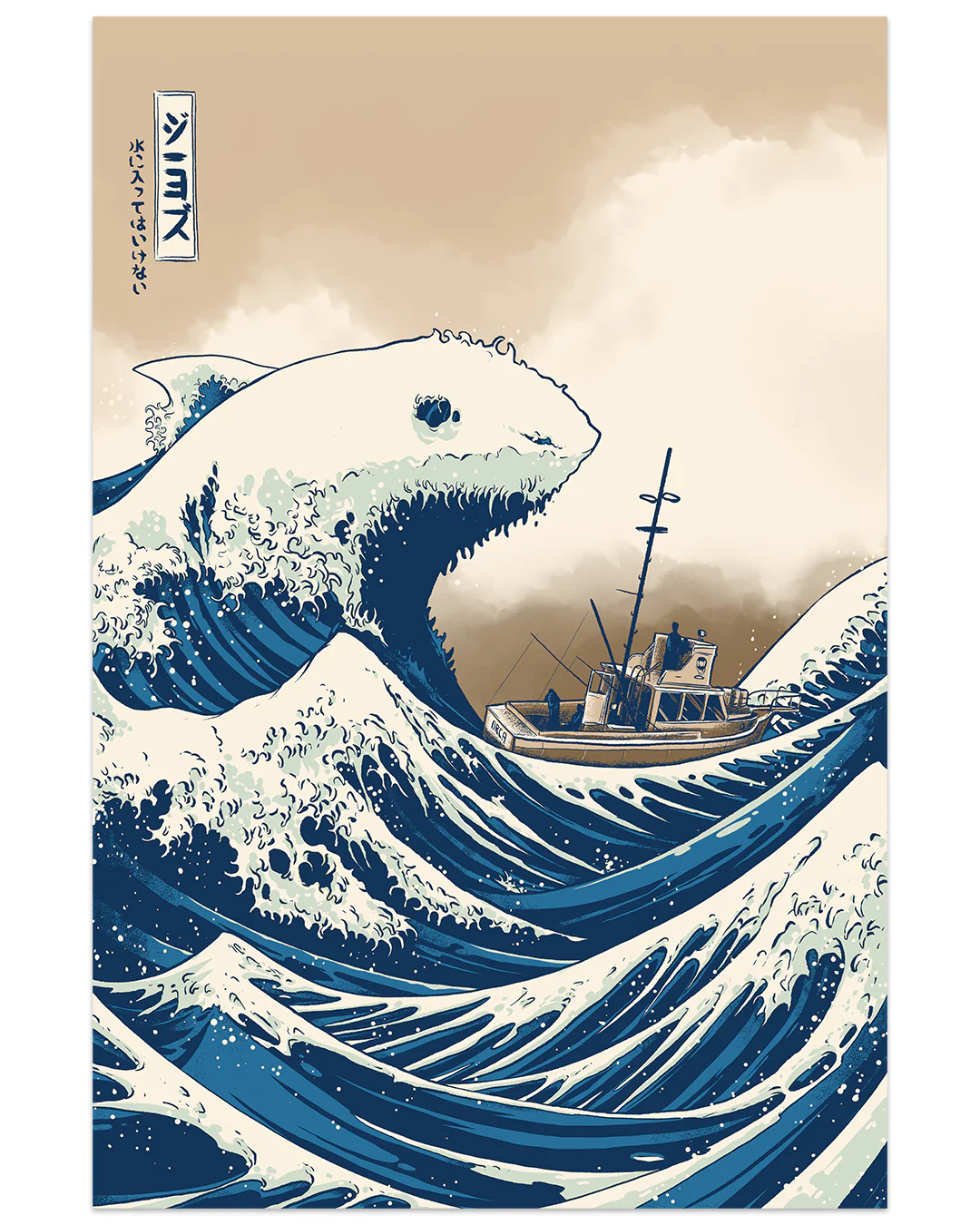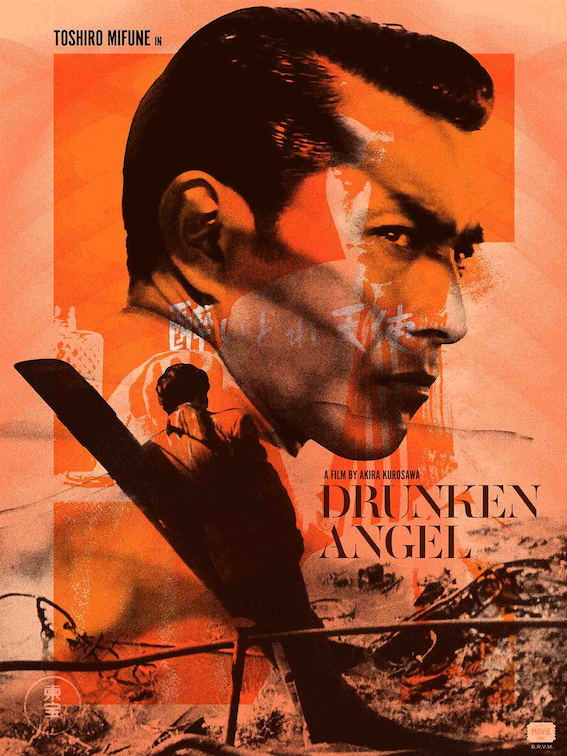Soggettiva Gallery presents from 5 to 30 November “Movie Animals: Dogs, Cats &CO”, tribute to the most famous animals in the history of cinema. The exhibition is dedicated to some of the most iconic “beasts” of the seventh art, companions of the protagonists of the films in their adventures more unruly and adrenaline.
Based on the medieval bestiaries, encyclopedic collections of real and magical creatures, the exhibition explores the role of animals in the cinematography of different as fundamental directors, Underlining the almost symbiotic relationship that comes to be created between human figures and their “four-legged” companions. The core of the exhibition is a selection of works by the American illustrator Evanimal (Evan Yarbrough), a collection of refined “frames” that make up a “cinematic bestiary”.
In particular, the exhibition focuses on science fiction and horror genre, dedicating a focus to some masters of world cinema who have taken inspiration from the animal world for their films. Hollywood films could not miss, signed by Quentin Tarantino (Reservoir Dogs), Martin Scorsese (Killers of the Flower Moon), the Coen Brothers (True Grit), but especially Tim Burton (Batman, Catwoman, Sleepy Hollow, Beetlejuice) and Wes Anderson (The Life Aquatic with Steve Zissou, Isle of Dogs); then a giant like the two-time Oscar winner Hayao Miyazaki (Spirited Away, The Boy and the Heron, Ponyo).
EVANIMAL AND HIS CRAZY PORTRAITS
The focus of this exhibition are the 20 works by Evan Yarbrough (in art Evanimal). The artist and illustrator, with a background in History of Fine Arts and active collaborations with magazines, publishing houses, well-known brands and important galleries, has combined his passion for art and cinema in a series of works that celebrate the legendary animals featured in some of the most iconic films in history. The exhibition transforms the portraits of animals into lively and suggestive works of art, returning the atmosphere and emotion of the films that made them famous: from the dog “Einstein” in Back to the Future, first quadrupedal to experience the space-time journey, the octopus of Old Boy by Park Chan-wook, victim of a bloody meal by the rancorous protagonist; from the irresistible pug “Frank” of Men in Black to the proud wolf that symbolizes the glorious Stark house in Game of Thrones; from the ferocious feline “Jonsey”, protagonist of Alien, to the sweet “Max” of The Grinch.
THE FUTURE OF THE ANIMAL KINGDOM
Among the genres that have concentrated most on imagining the future that humanity (and with it the animal world) could face is science fiction. In this sense a true founder as 2001: A Space Odissey, revised by Max Dalton with an image that connects the Earth with the rest of the universe, portrays the history of mankind from its origins with the powerful opening and closing scene starring a group of monkeys. The ancestor of man is at the center of two other films on display: on the one hand the apocalyptic Planet of the Apes, reinterpreted by the works of Anthony Petrie, Mark Borgions and by the same Dalton who, from a geographical point of view, dynamic and portrait, they tell us about the society of monkeys that has taken over on earth; on the other Twelve Monkeys, prophetic film in which man must measure himself with a lethal virusm, portraited by Max Dalton with a picturesque open-air zoo where the 12 monkeys hide. The same shocking atmospheres characterize Alex Garland’s Annihilation, from which he took inspiration for the kaleidoscopic work of Anna Ferrara that mixes the vital momentum of nature and animals with the foreknowledge of calamity. From the reckless actions of man is born finally a cult creature like Godzilla, from which are born refined illustrations in Japanese style by Jed Henry and Francesco Casolari.
SCARY ANIMALS
The link with the animal kingdom is all the stronger when we speak of the “shiver” genre, where the reference to creatures of various natures is often present in the title itself: just think of Spielberg’s Jaws, Cronenberg’s The Fly and Hitchcock’s The Birds, three milestones recalled by Adam Juresko. Two other legendary films such as The Wolf Man and The Silence of the Lambs have been reviewed by Nicolas Delort and Greg Ruth: If the first uses the technique of engraving to create a work where the mutation of the protagonist is framed in a gothic context made of fog and clear full moon, the second adopts a frontal approach that enhances the performance of Jodie Foster, surrounded by a cloud of moths that refers to the scary plot of the film.
THE FANTASTIC BEASTS OF TIM BURTON, WES ANDERSON AND HAYAO MIYAZAKI
Great authors have always seen the animal instinct as a fundamental source of inspiration. Tim Burton, for example, has always staged creatures of all kinds and nature, taking inspiration from reality, shaping it according to the suggestions of his creative genius. Just think of his comic interpretation of Batman and Catwoman – reviewed by Steven Luros Holliday – in films dedicated to the man-deedsbat, to the diabolical steed of Sleepy Hollow – illustrated sagely by Chris Koehler – or the cow that is used by Beetlejuice to advertise its services of “bio-exorcism”. Wes Anderson has put more and more animals at the center of his universe, especially in his inimitable animation films in stop-motion: from the suggestive shark-jaguar of The Life Aquatic with Steve Zissou or The Isle of Dogs, the culmination of the Texas director’s reflection on the often distorted relationship that man has with other living beings. A colossus like Hayao Miyazaki, who has always made the utopian harmony between humans, machines and nature one of the cornerstones of his poetry, is also on display with posters that pay tribute to some of his most representative creations: two Oscar-winning films such as The Boy and the Heron and Spirited Away are the starting point for the captivating performances of Matteo Costa and Anna Ferrara; the Italian illustrator has dedicated a further work to Ponyo.
INFO
SOGGETTIVA GALLERY
Via Pasquale Sottocorno 5/A, 20122 Milano
3357722437 – 3458463222 – 3342378116
Opening hours:
Monday: 15.45 – 19.45
Tuesday – Friday: 10 – 13.30 / 15.45 – 19.45
Saturday and Sunday: 10.30 – 13.30 / 15.45 – 19.45
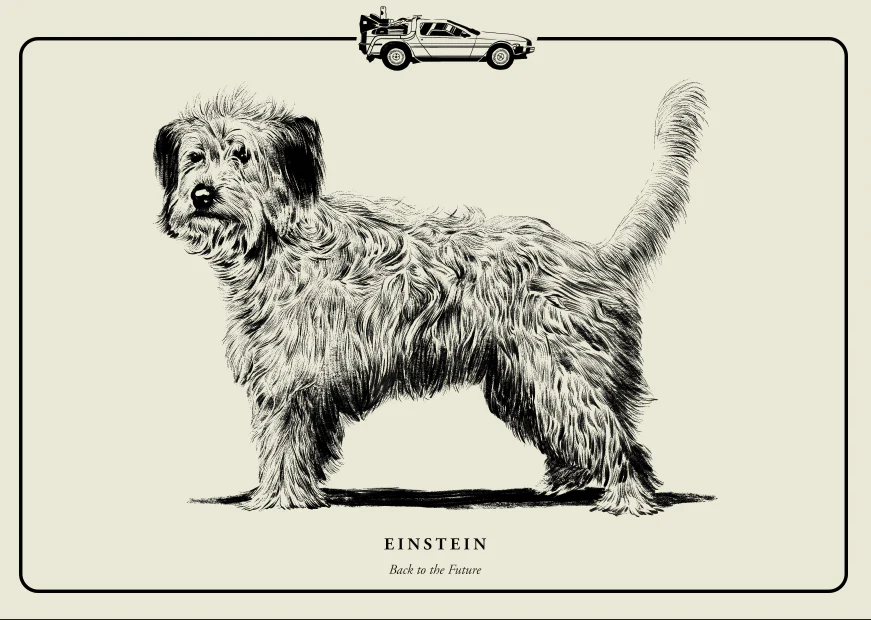
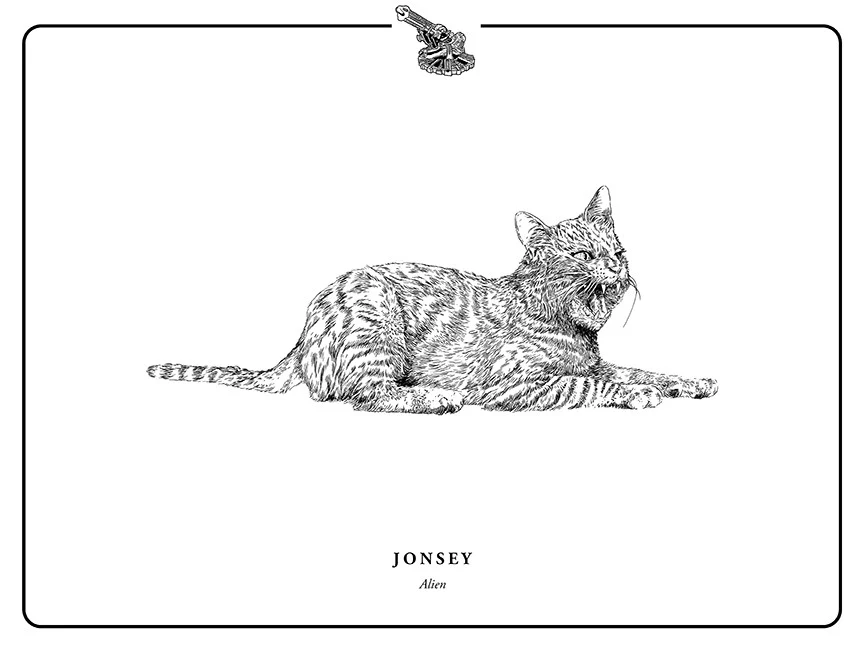
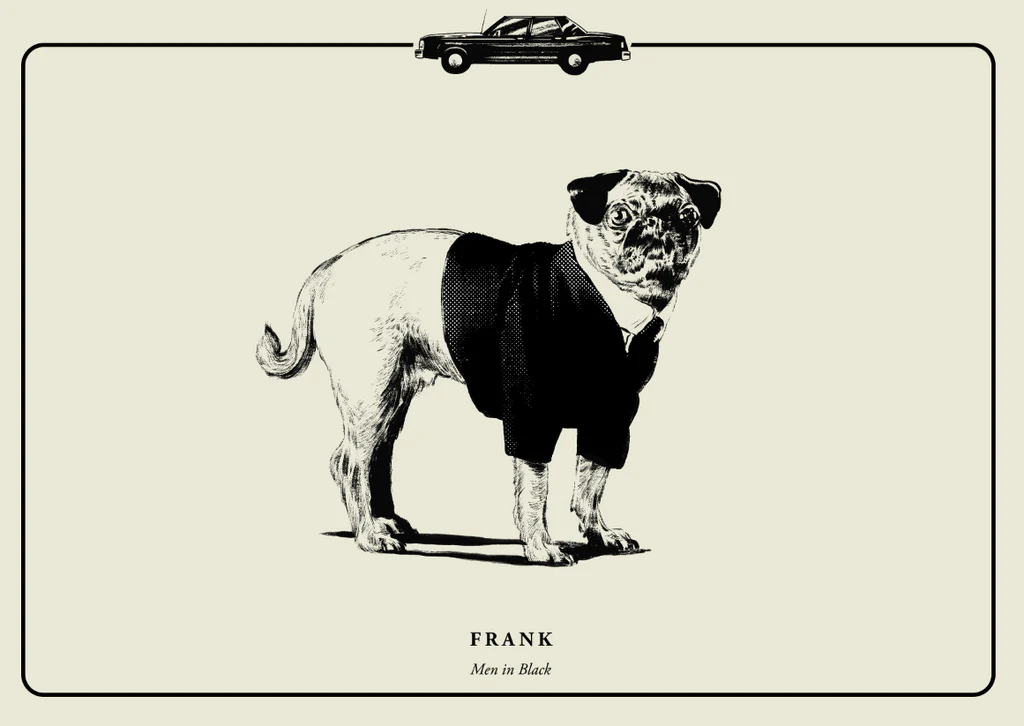
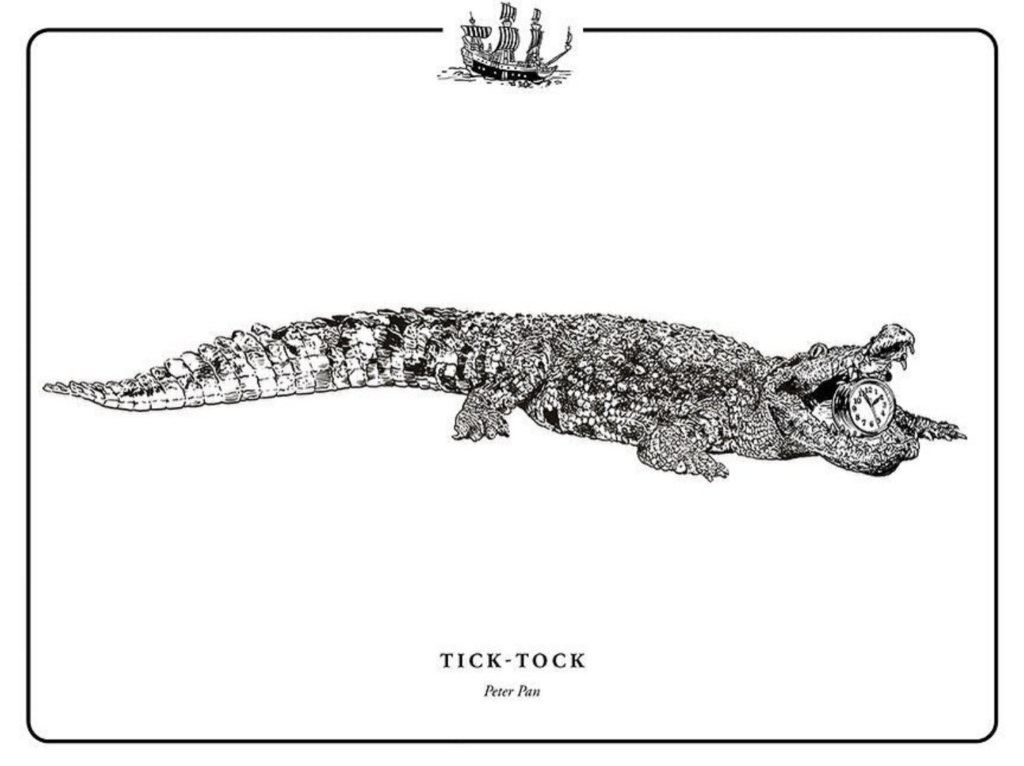

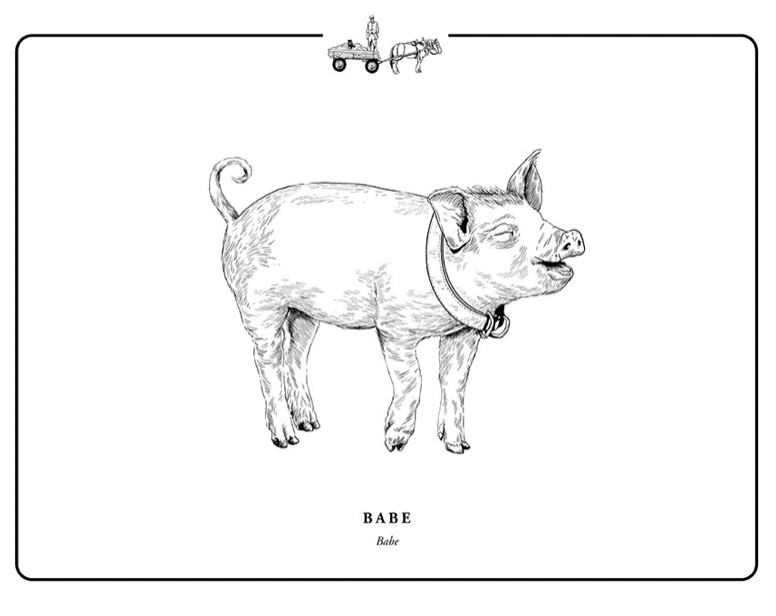
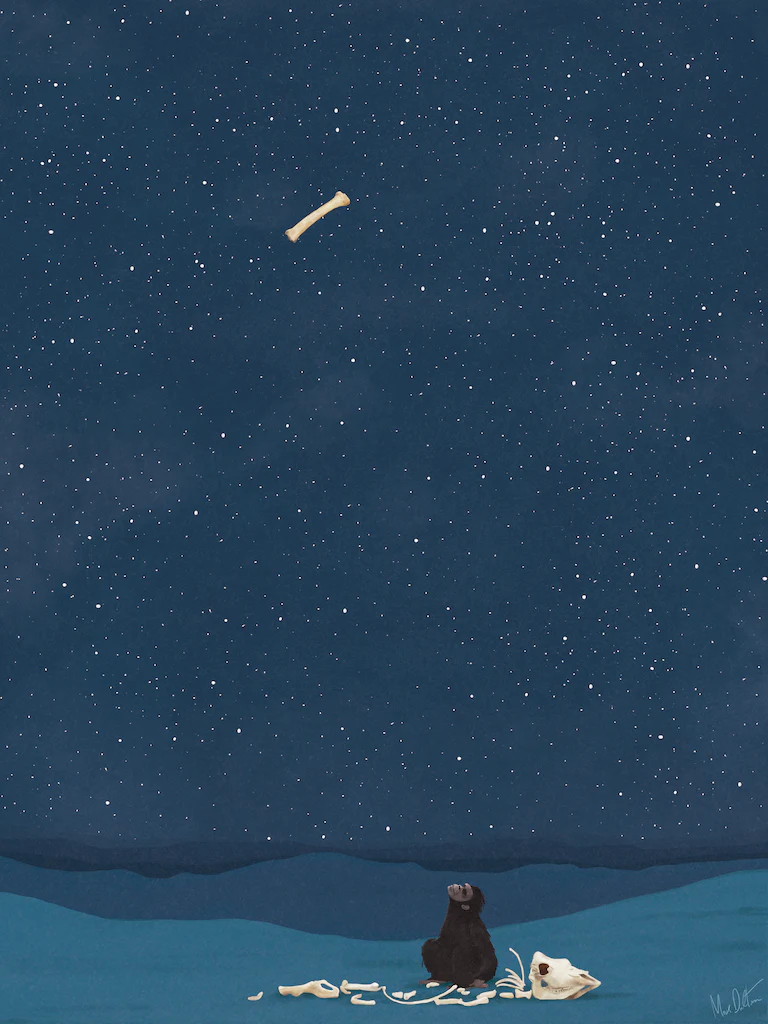
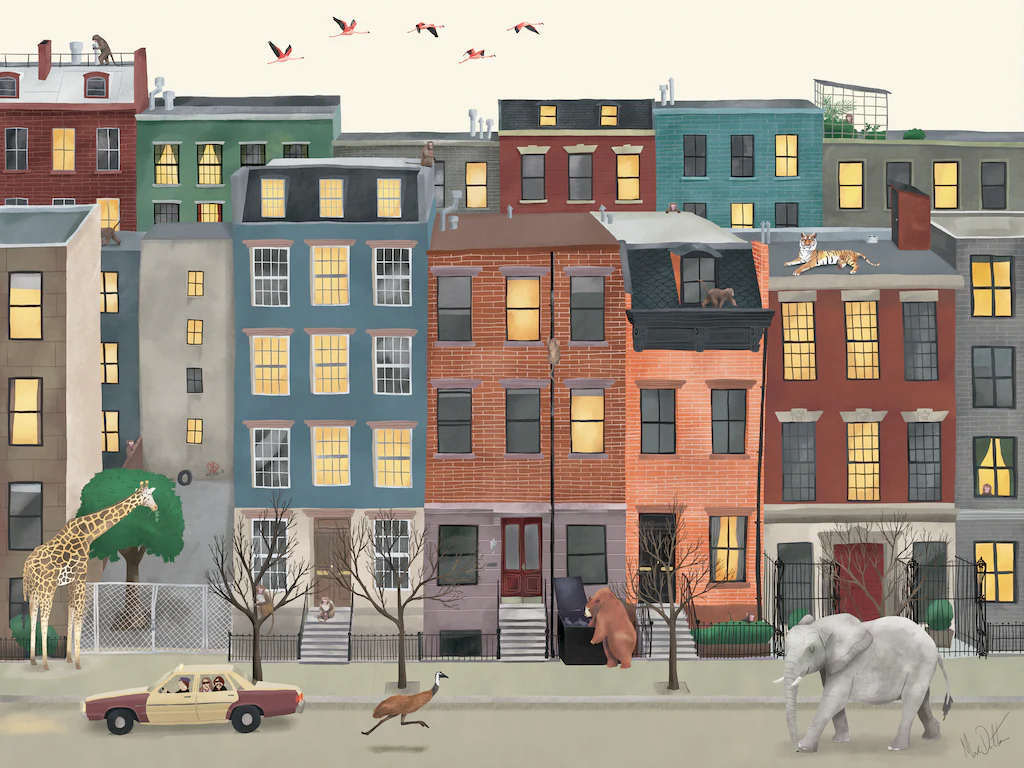
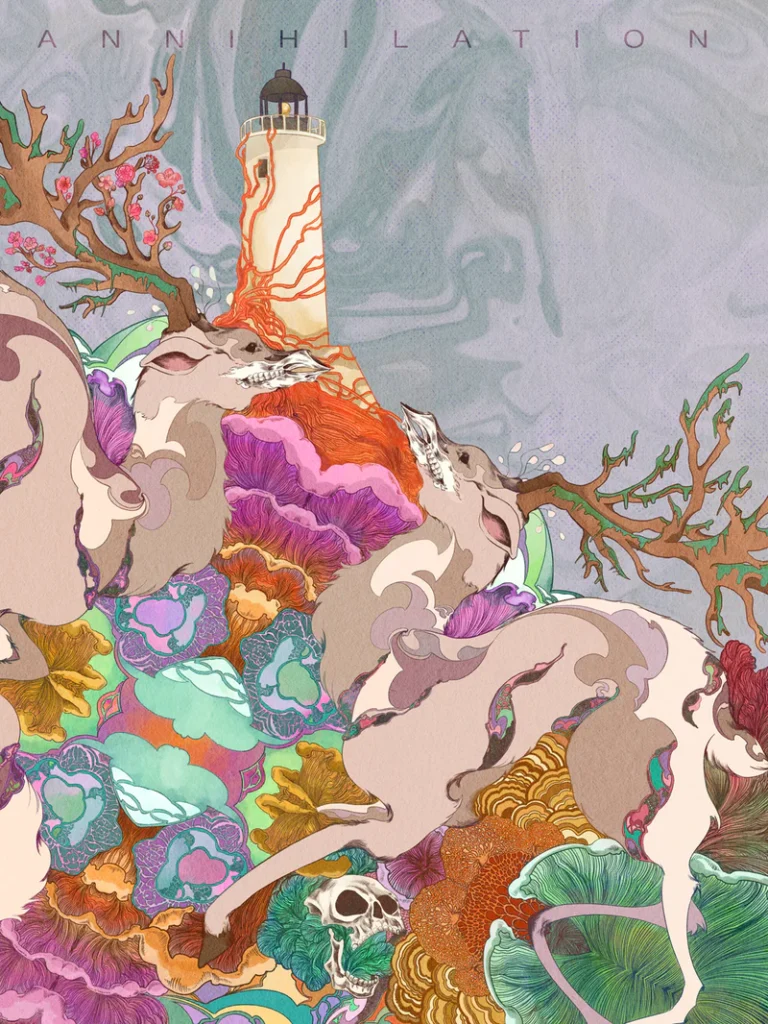
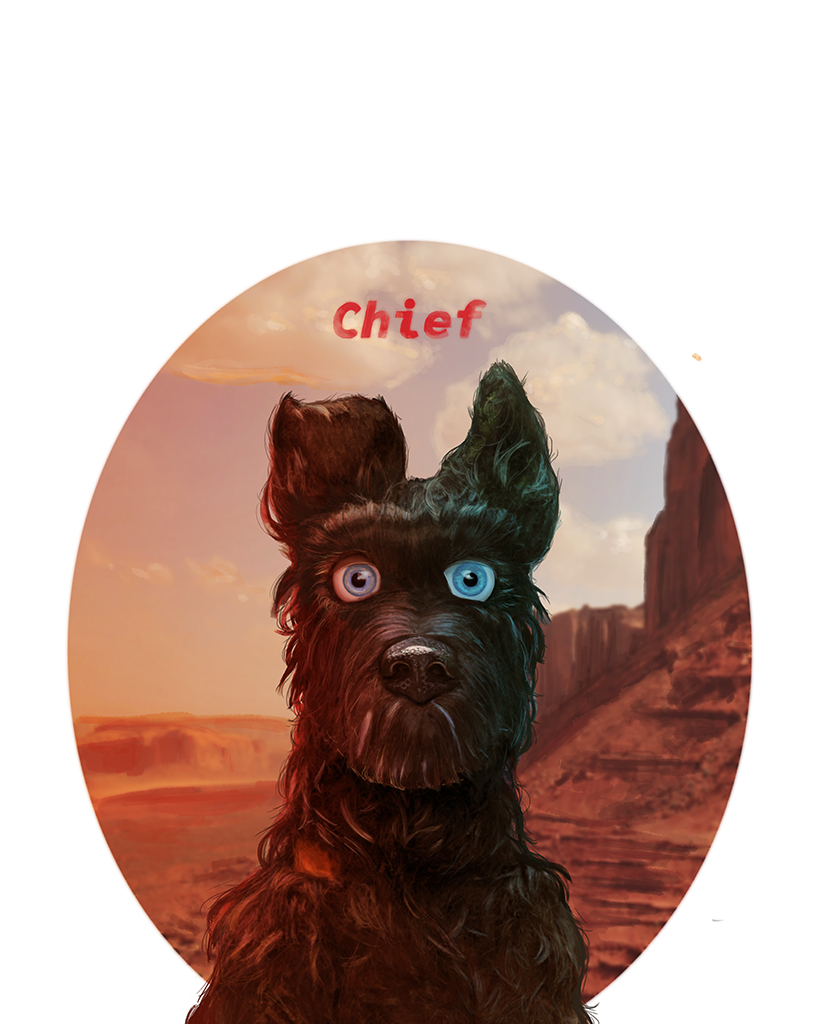
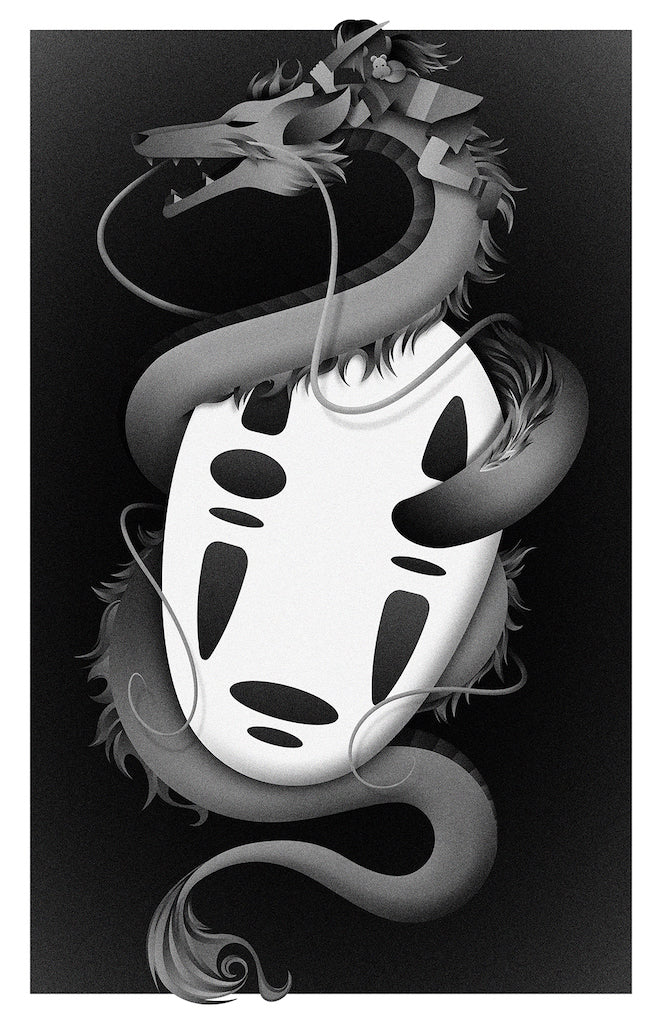
Soggettiva Gallery presents from 5 to 30 November “Movie Animals: Dogs, Cats &CO”, tribute to the most famous animals in the history of cinema. The exhibition is dedicated to some of the most iconic “beasts” of the seventh art, companions of the protagonists of the films in their adventures more unruly and adrenaline.
Based on the medieval bestiaries, encyclopedic collections of real and magical creatures, the exhibition explores the role of animals in the cinematography of different as fundamental directors, Underlining the almost symbiotic relationship that comes to be created between human figures and their “four-legged” companions. The core of the exhibition is a selection of works by the American illustrator Evanimal (Evan Yarbrough), a collection of refined “frames” that make up a “cinematic bestiary”.
In particular, the exhibition focuses on science fiction and horror genre, dedicating a focus to some masters of world cinema who have taken inspiration from the animal world for their films. Hollywood films could not miss, signed by Quentin Tarantino (Reservoir Dogs), Martin Scorsese (Killers of the Flower Moon), the Coen Brothers (True Grit), but especially Tim Burton (Batman, Catwoman, Sleepy Hollow, Beetlejuice) and Wes Anderson (The Life Aquatic with Steve Zissou, Isle of Dogs); then a giant like the two-time Oscar winner Hayao Miyazaki (Spirited Away, The Boy and the Heron, Ponyo).


EVANIMAL AND HIS CRAZY PORTRAITS

The focus of this exhibition are the 20 works by Evan Yarbrough (in art Evanimal). The artist and illustrator, with a background in History of Fine Arts and active collaborations with magazines, publishing houses, well-known brands and important galleries, has combined his passion for art and cinema in a series of works that celebrate the legendary animals featured in some of the most iconic films in history. The exhibition transforms the portraits of animals into lively and suggestive works of art, returning the atmosphere and emotion of the films that made them famous: from the dog “Einstein” in Back to the Future, first quadrupedal to experience the space-time journey, the octopus of Old Boy by Park Chan-wook, victim of a bloody meal by the rancorous protagonist; from the irresistible pug “Frank” of Men in Black to the proud wolf that symbolizes the glorious Stark house in Game of Thrones; from the ferocious feline “Jonsey”, protagonist of Alien, to the sweet “Max” of The Grinch.

THE FUTURE OF THE ANIMAL KINGDOM

Among the genres that have concentrated most on imagining the future that humanity (and with it the animal world) could face is science fiction. In this sense a true founder as 2001: A Space Odissey, revised by Max Dalton with an image that connects the Earth with the rest of the universe, portrays the history of mankind from its origins with the powerful opening and closing scene starring a group of monkeys. The ancestor of man is at the center of two other films on display: on the one hand the apocalyptic Planet of the Apes, reinterpreted by the works of Anthony Petrie, Mark Borgions and by the same Dalton who, from a geographical point of view, dynamic and portrait, they tell us about the society of monkeys that has taken over on earth; on the other Twelve Monkeys, prophetic film in which man must measure himself with a lethal virusm, portraited by Max Dalton with a picturesque open-air zoo where the 12 monkeys hide. The same shocking atmospheres characterize Alex Garland’s Annihilation, from which he took inspiration for the kaleidoscopic work of Anna Ferrara that mixes the vital momentum of nature and animals with the foreknowledge of calamity. From the reckless actions of man is born finally a cult creature like Godzilla, from which are born refined illustrations in Japanese style by Jed Henry and Francesco Casolari.


SCARY ANIMALS
The link with the animal kingdom is all the stronger when we speak of the “shiver” genre, where the reference to creatures of various natures is often present in the title itself: just think of Spielberg’s Jaws, Cronenberg’s The Fly and Hitchcock’s The Birds, three milestones recalled by Adam Juresko. Two other legendary films such as The Wolf Man and The Silence of the Lambs have been reviewed by Nicolas Delort and Greg Ruth: If the first uses the technique of engraving to create a work where the mutation of the protagonist is framed in a gothic context made of fog and clear full moon, the second adopts a frontal approach that enhances the performance of Jodie Foster, surrounded by a cloud of moths that refers to the scary plot of the film.
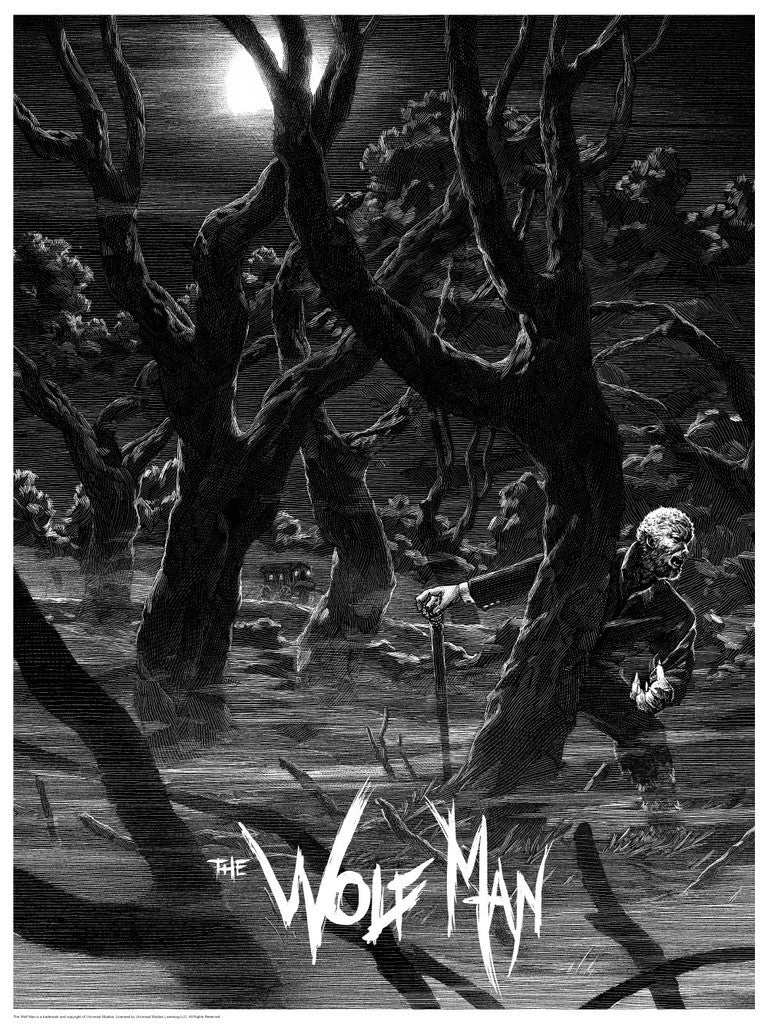
THE FANTASTIC BEASTS OF TIM BURTON, WES ANDERSON AND HAYAO MIYAZAKI

Great authors have always seen the animal instinct as a fundamental source of inspiration. Tim Burton, for example, has always staged creatures of all kinds and nature, taking inspiration from reality, shaping it according to the suggestions of his creative genius. Just think of his comic interpretation of Batman and Catwoman – reviewed by Steven Luros Holliday – in films dedicated to the man-deedsbat, to the diabolical steed of Sleepy Hollow – illustrated sagely by Chris Koehler – or the cow that is used by Beetlejuice to advertise its services of “bio-exorcism”. Wes Anderson has put more and more animals at the center of his universe, especially in his inimitable animation films in stop-motion: from the suggestive shark-jaguar of The Life Aquatic with Steve Zissou or The Isle of Dogs, the culmination of the Texas director’s reflection on the often distorted relationship that man has with other living beings. A colossus like Hayao Miyazaki, who has always made the utopian harmony between humans, machines and nature one of the cornerstones of his poetry, is also on display with posters that pay tribute to some of his most representative creations: two Oscar-winning films such as The Boy and the Heron and Spirited Away are the starting point for the captivating performances of Matteo Costa and Anna Ferrara; the Italian illustrator has dedicated a further work to Ponyo.

INFO
SOGGETTIVA GALLERY
Via Pasquale Sottocorno 5/A, 20122 Milano
3357722437 – 3458463222 – 3342378116
Opening hours:
Monday: 15.45 – 19.45
Tuesday-Friday 10 – 13.30 / 15.45 – 19.45
Saturday and Sunday: 10.30 – 13.30 / 15.45 – 19.45
